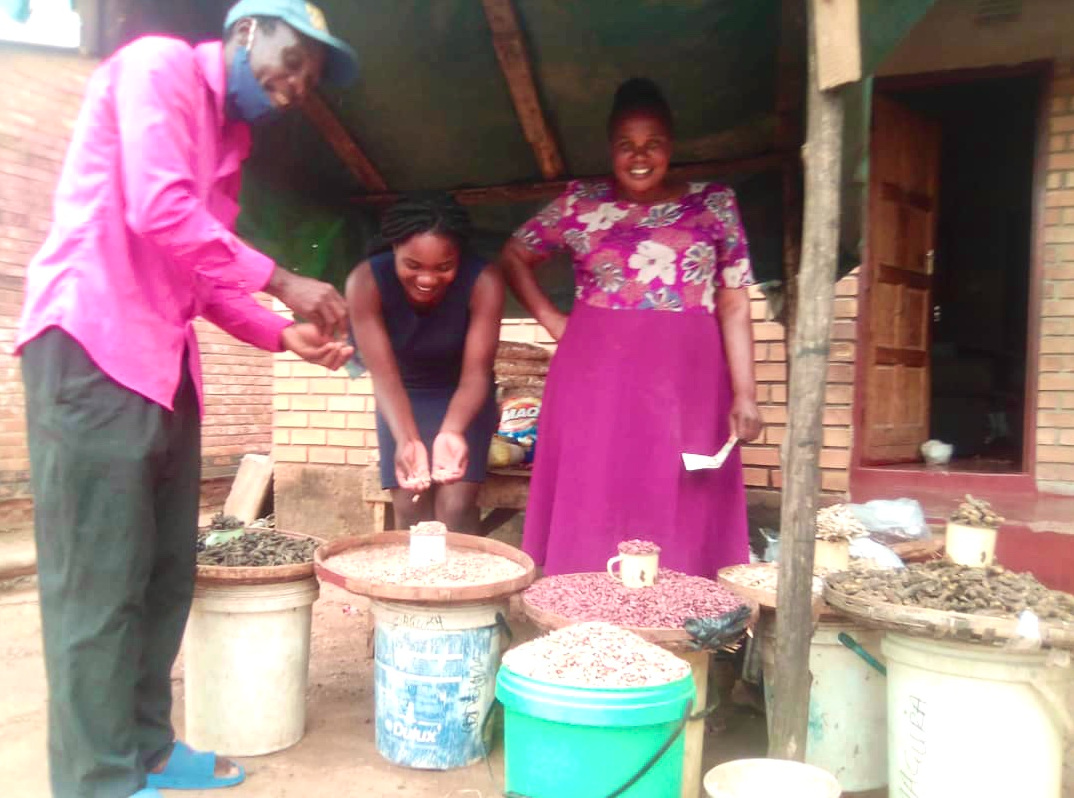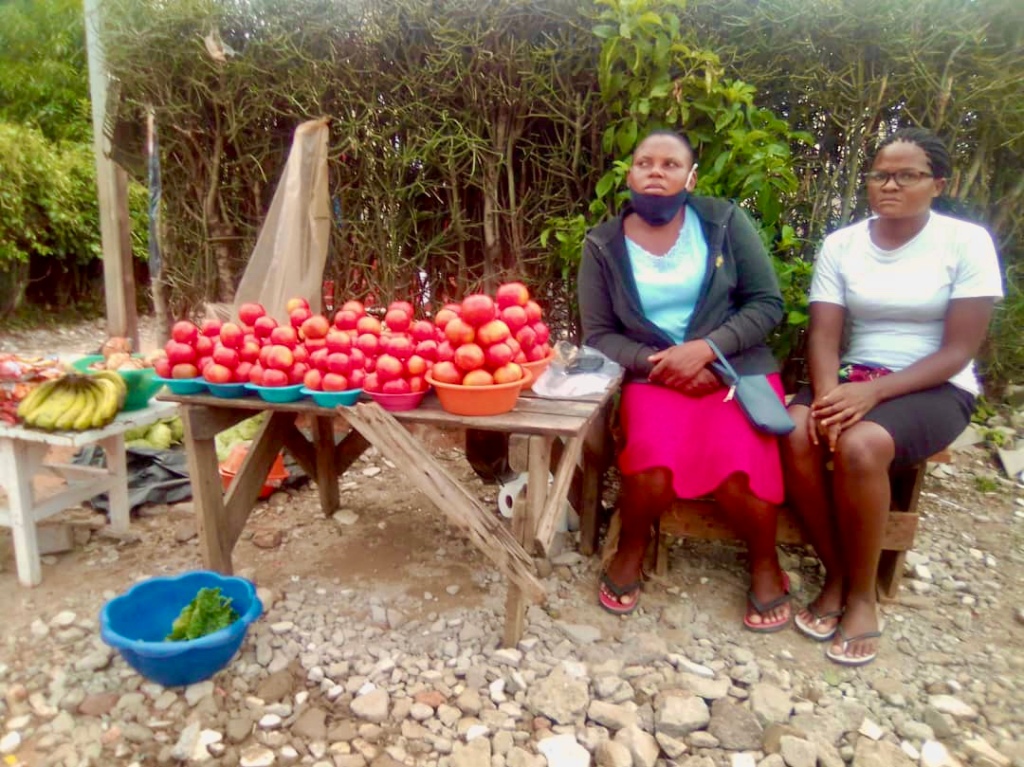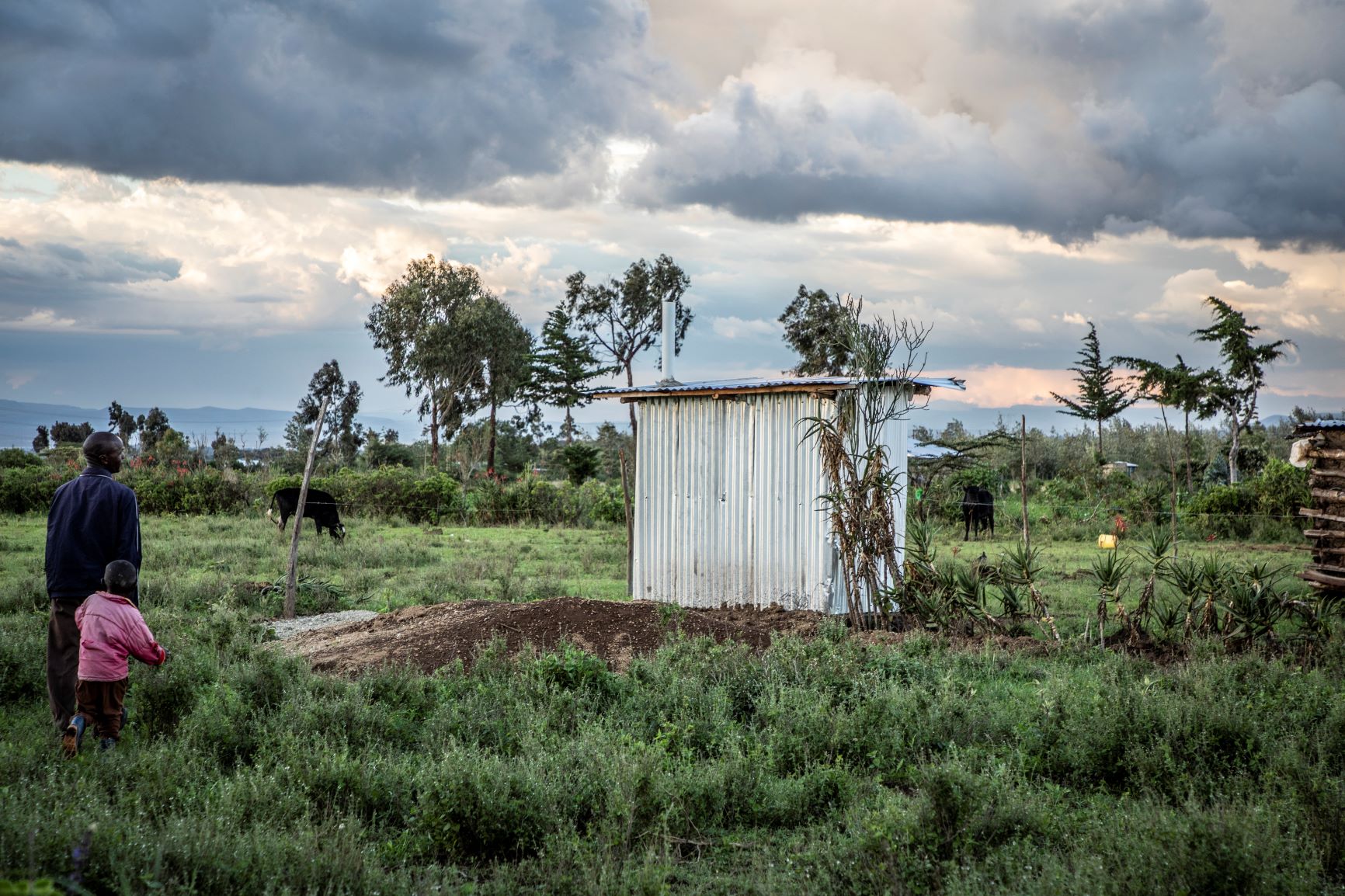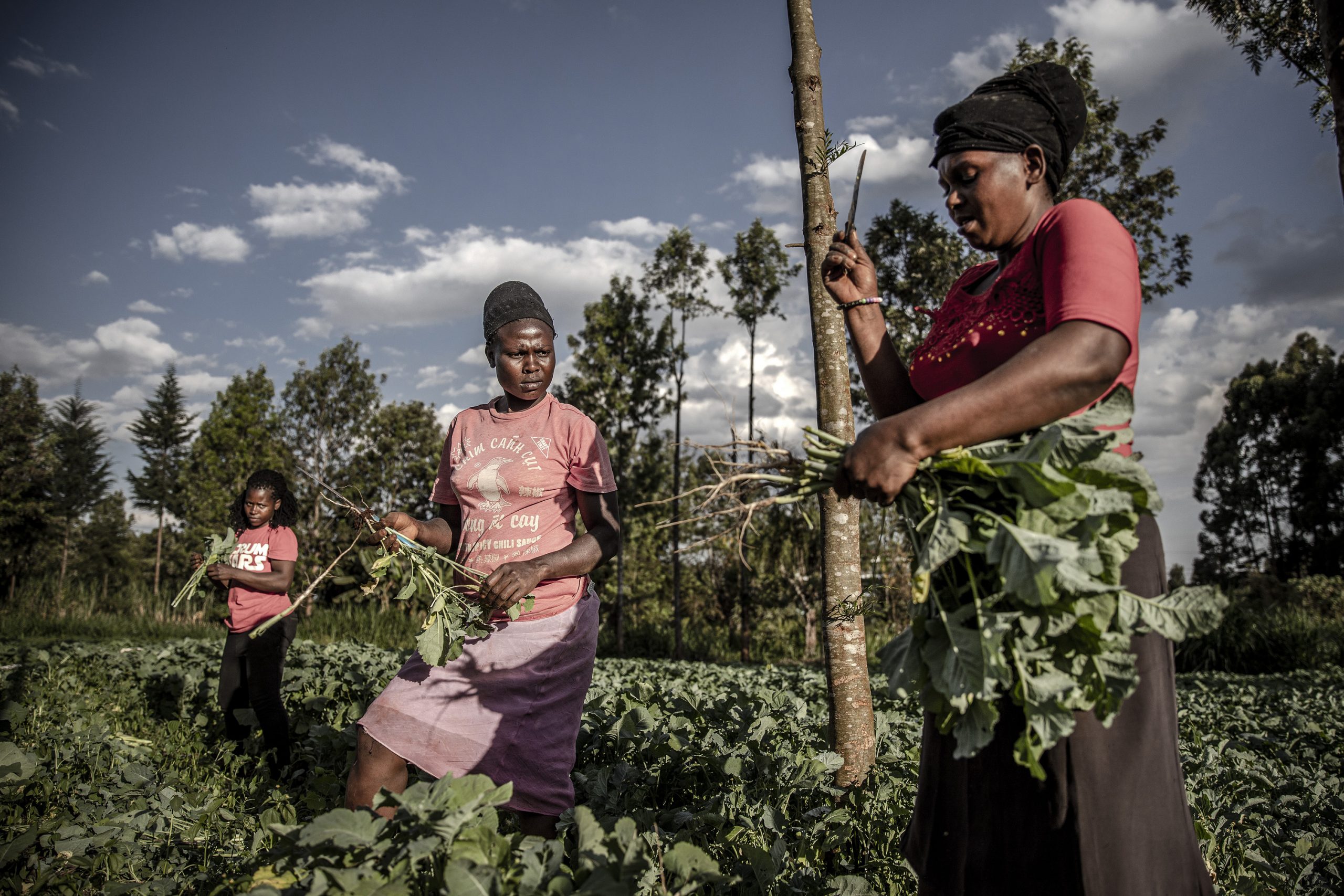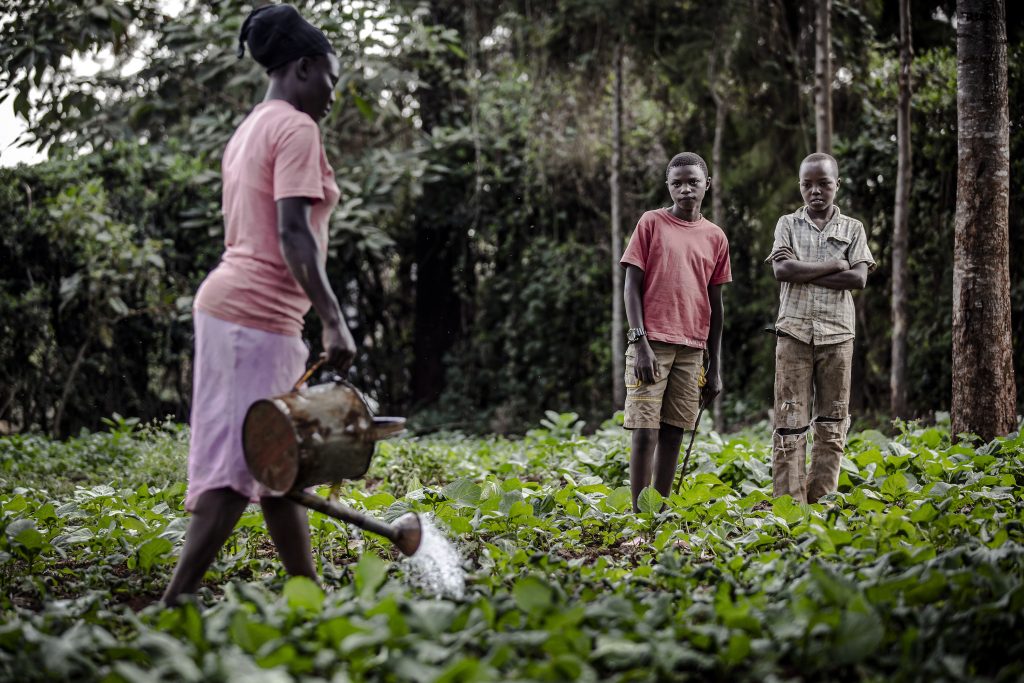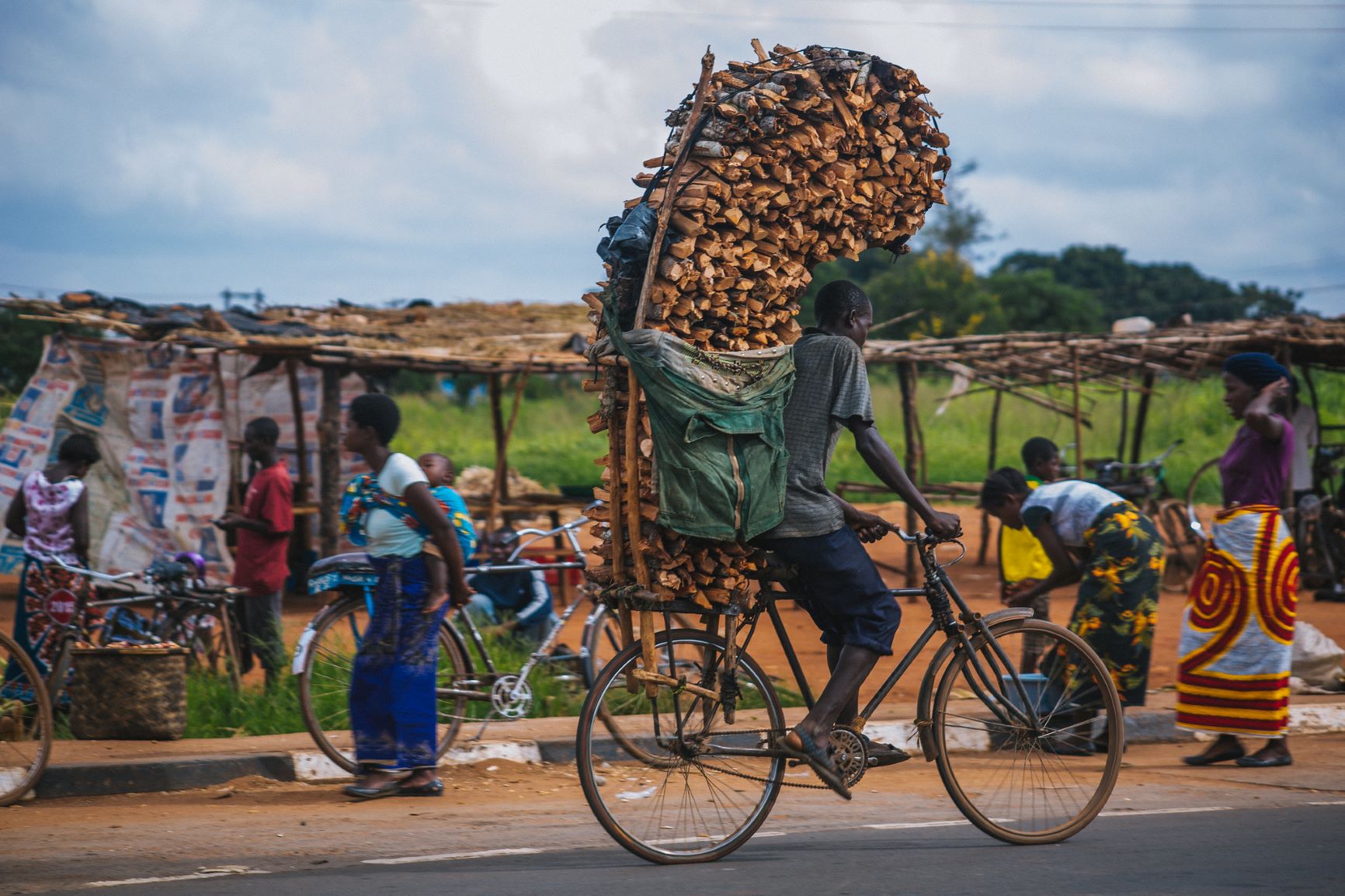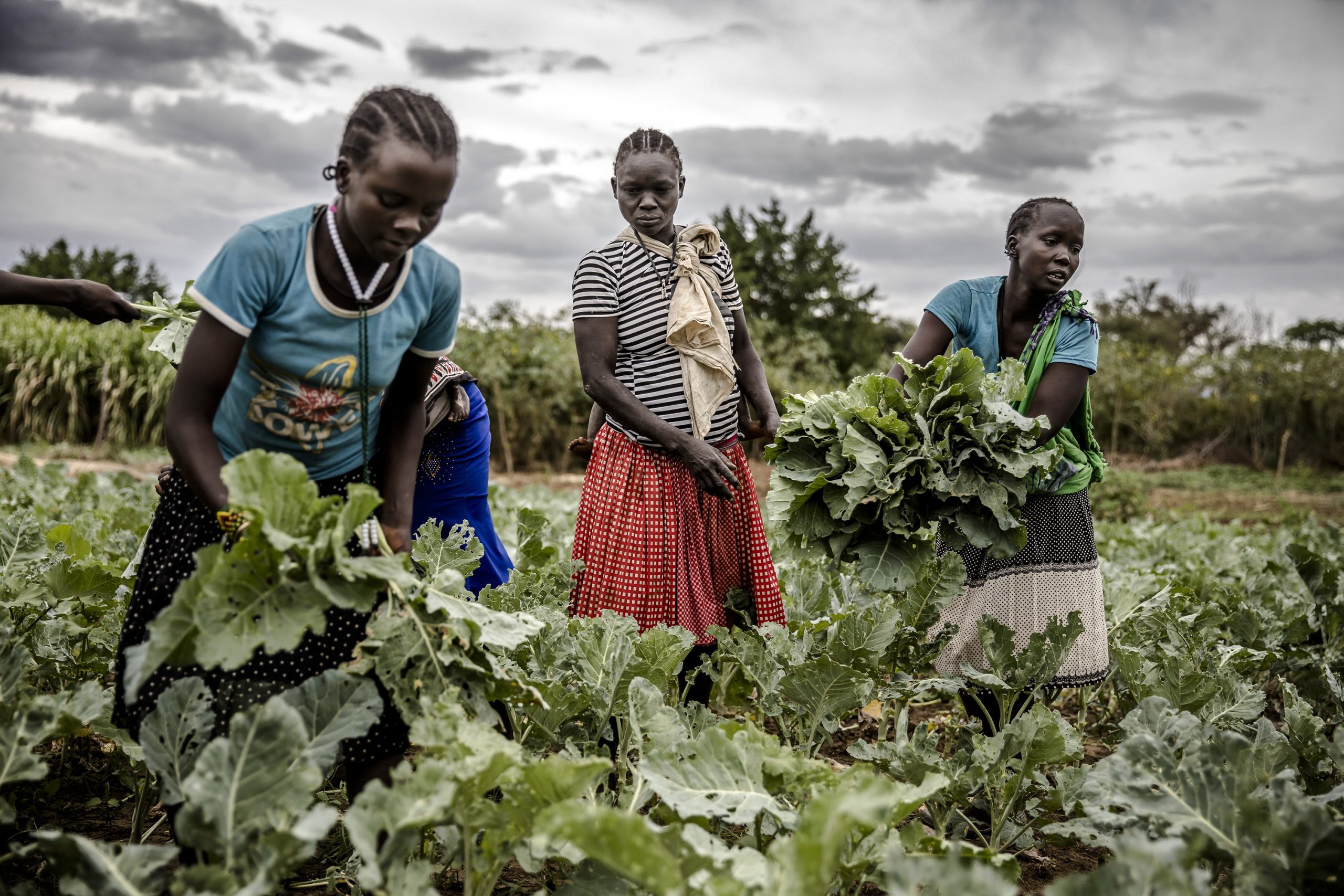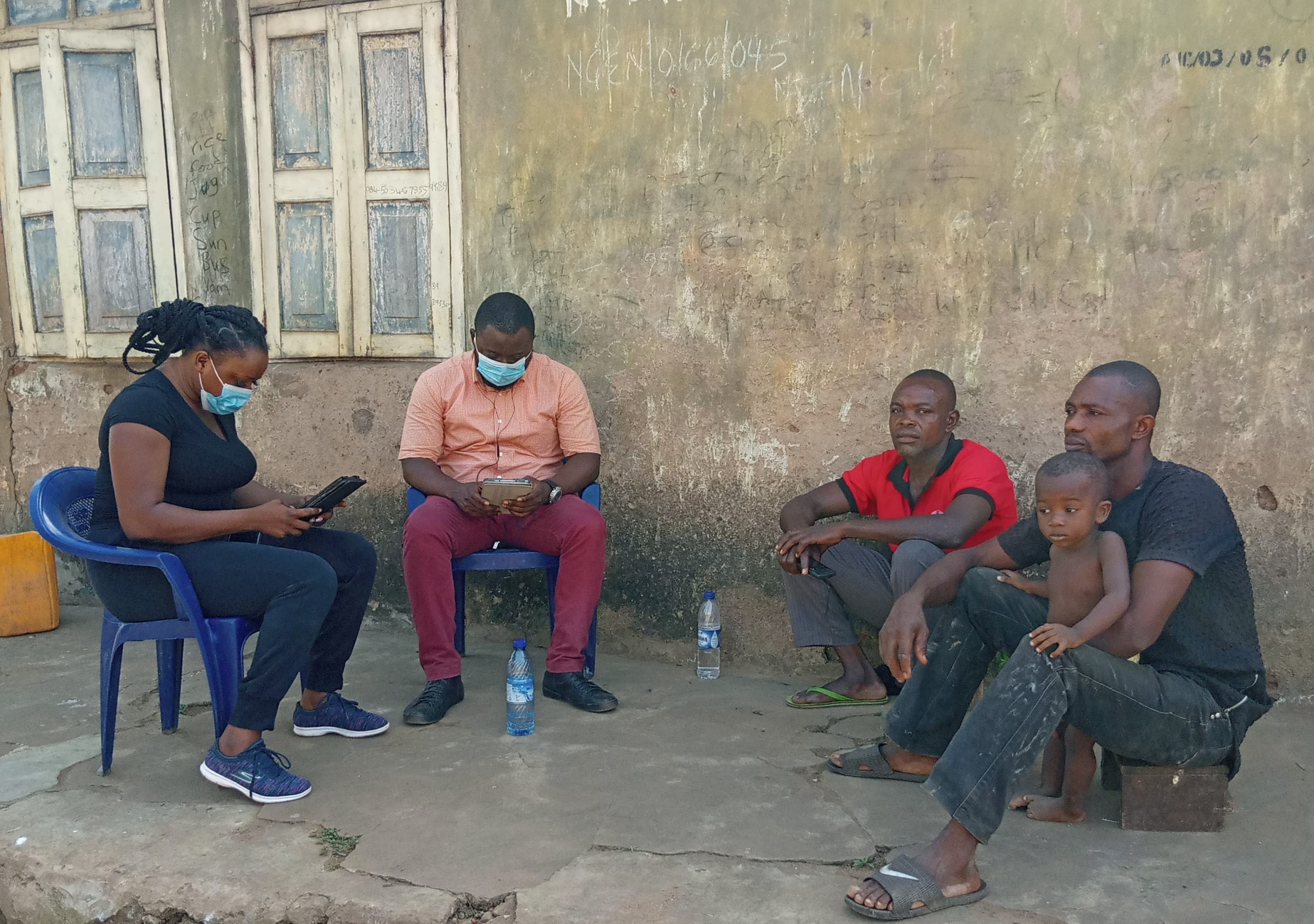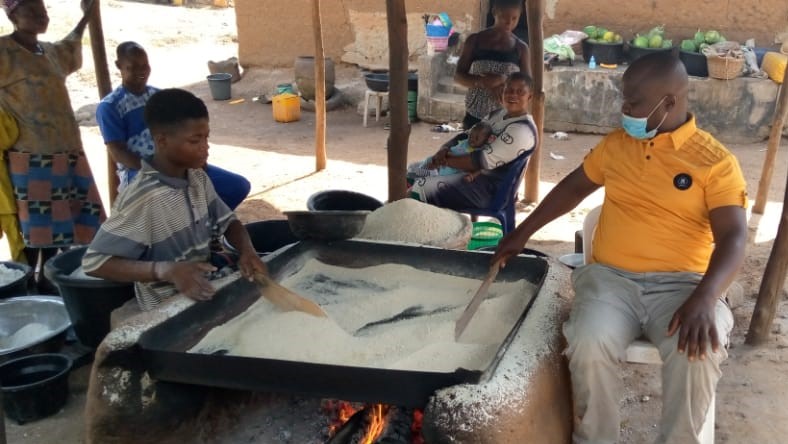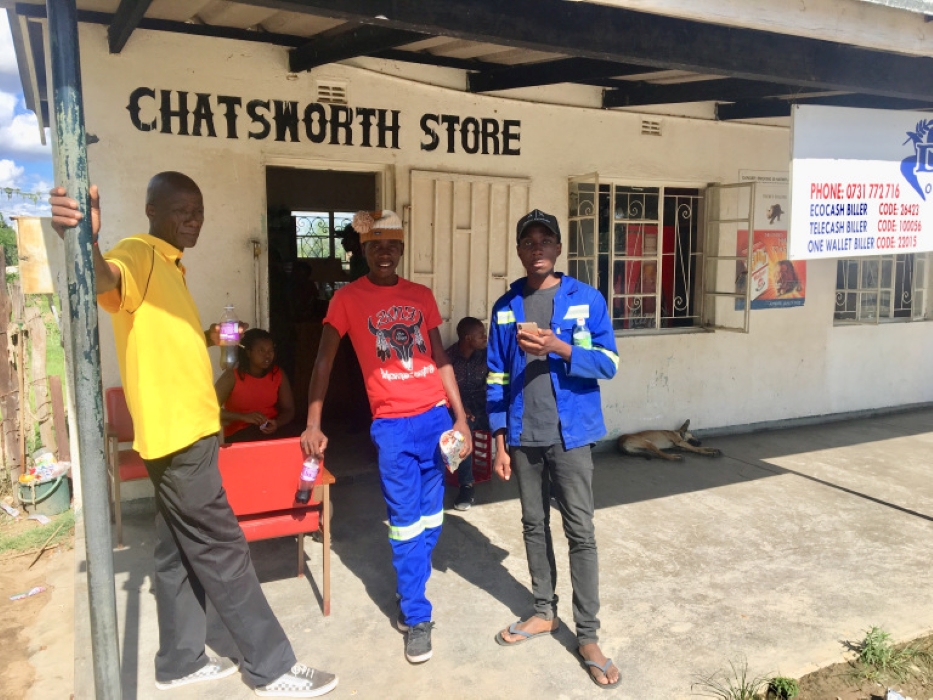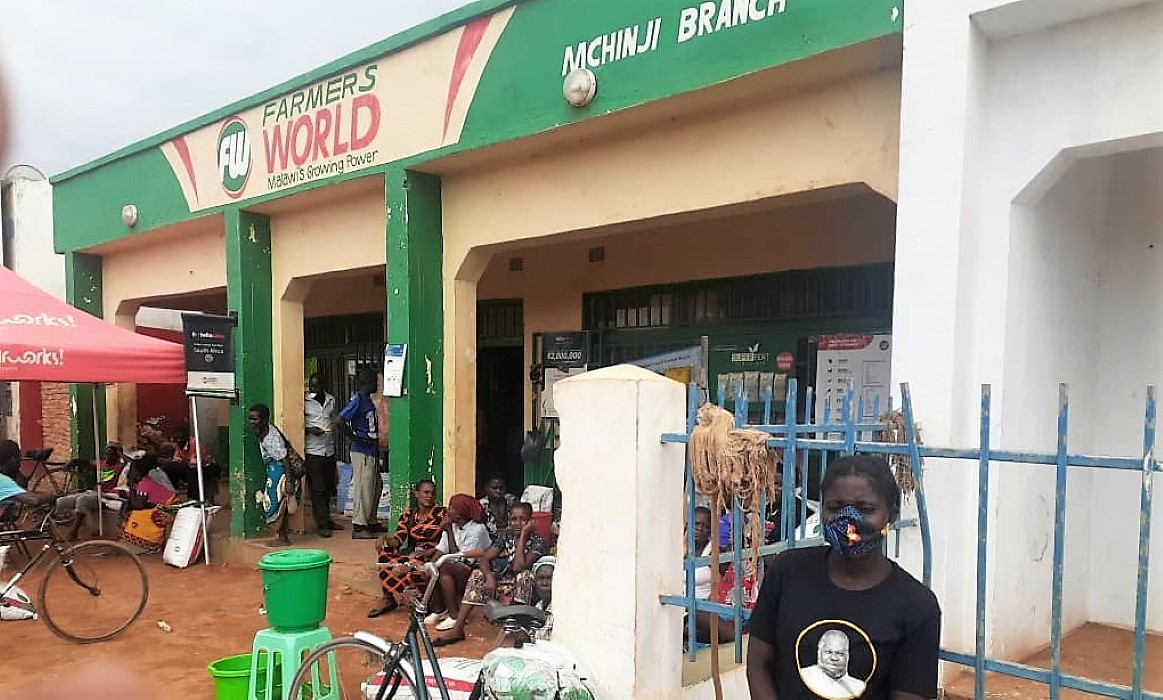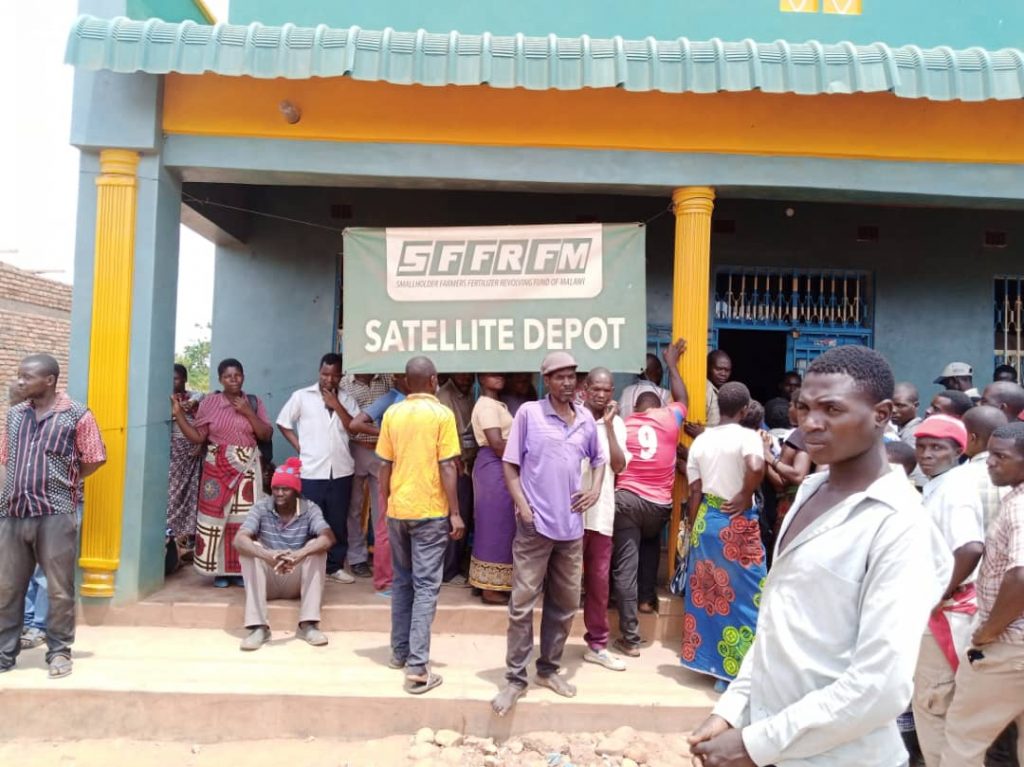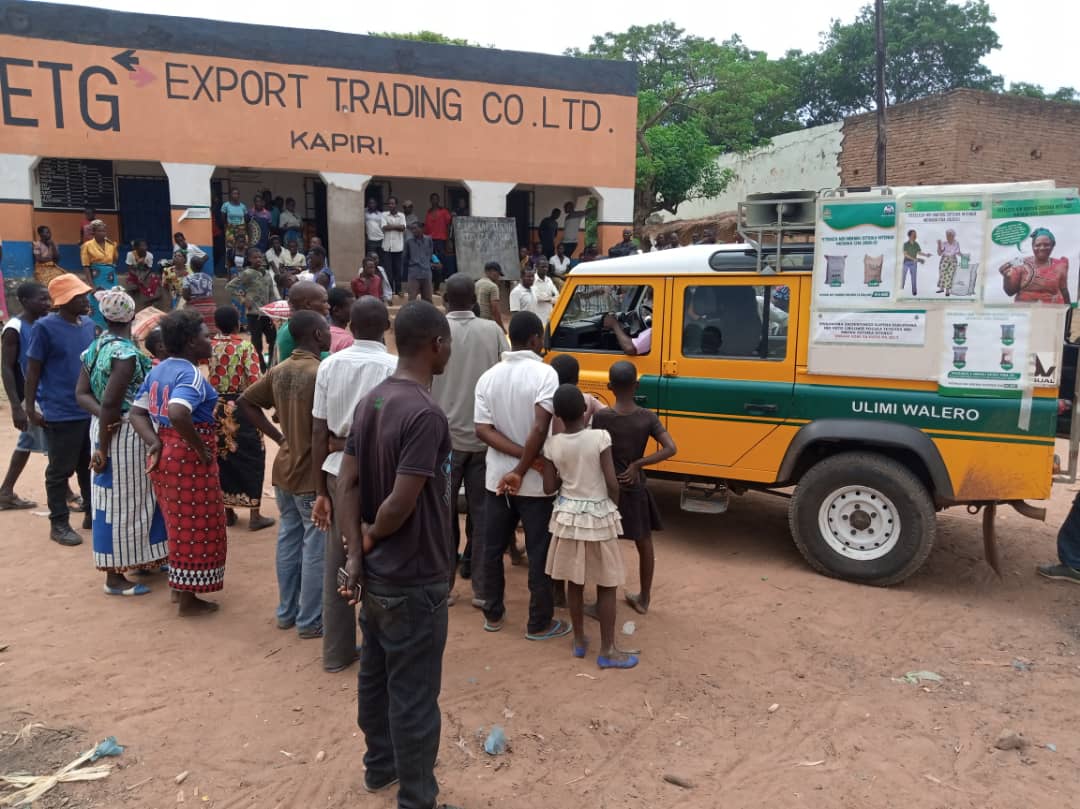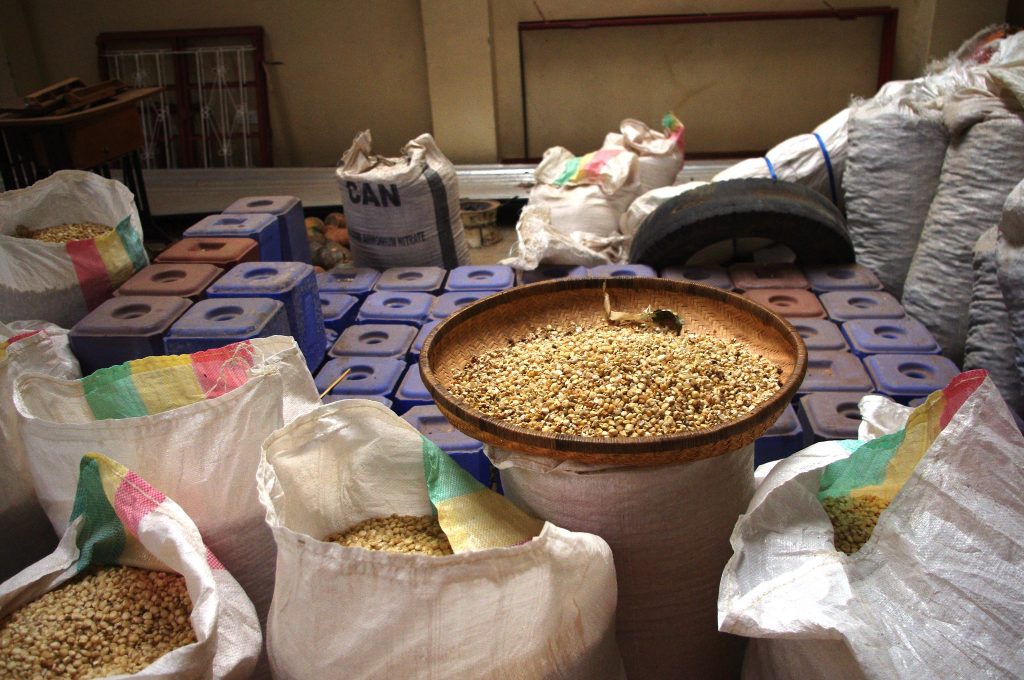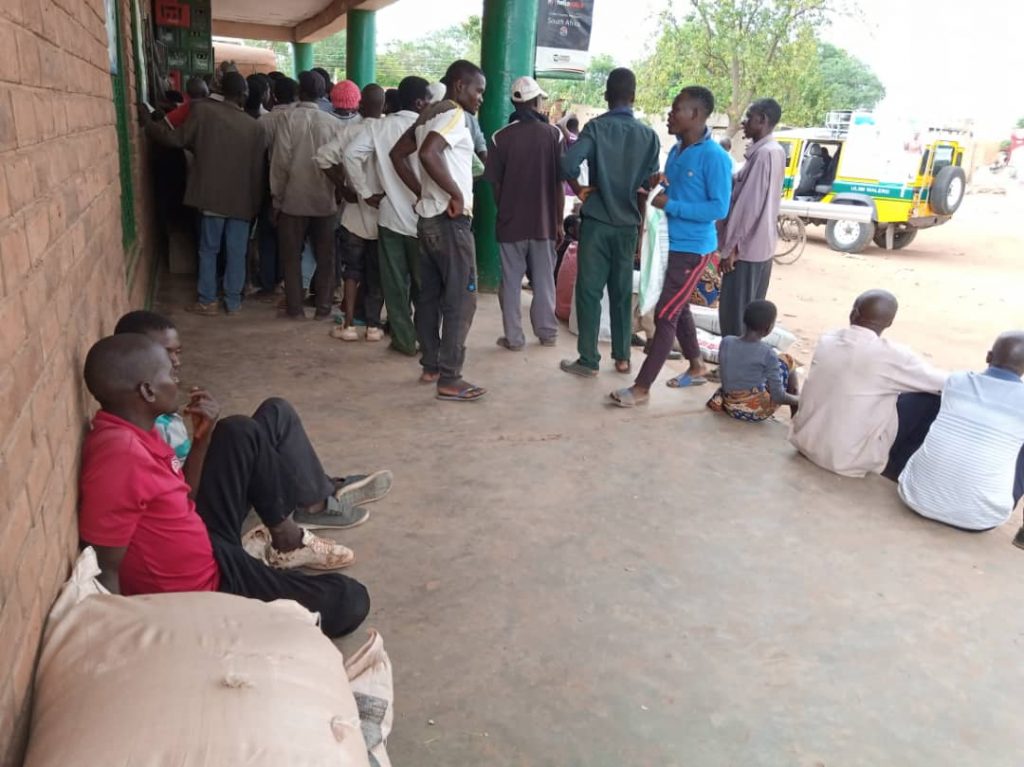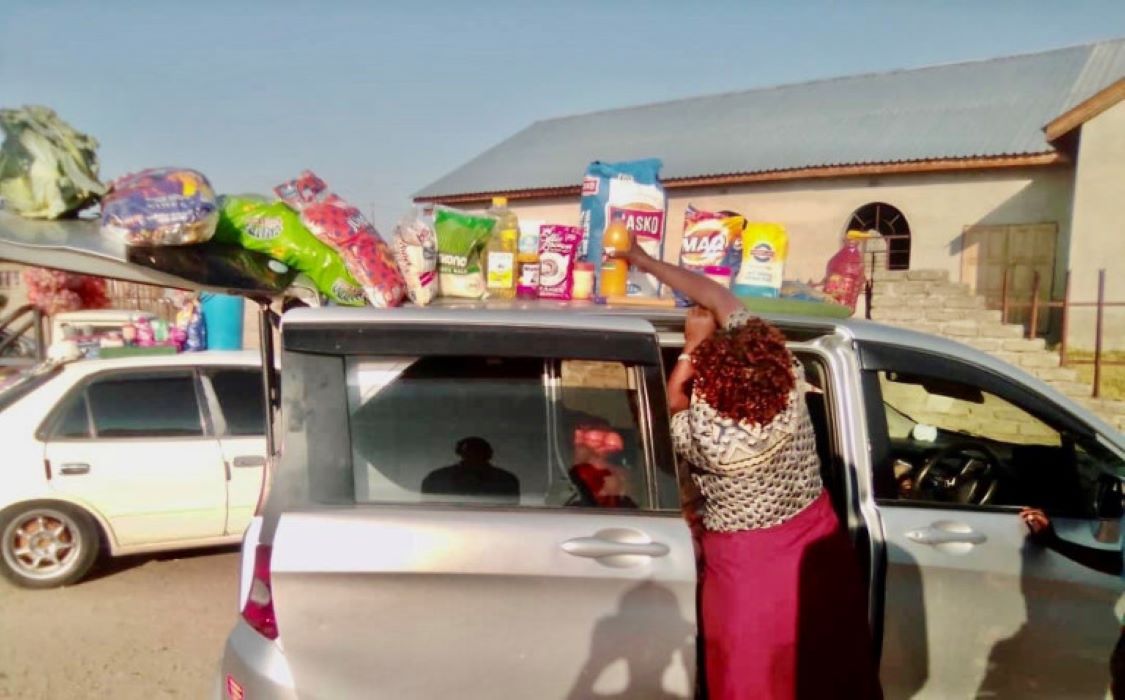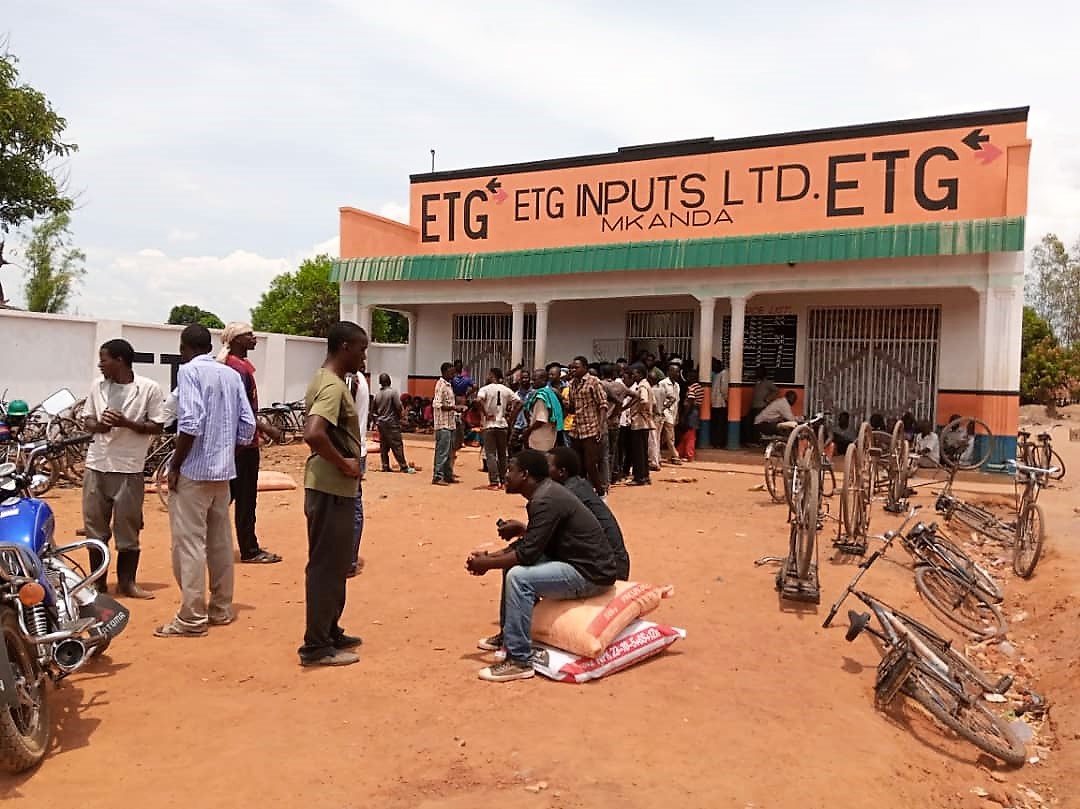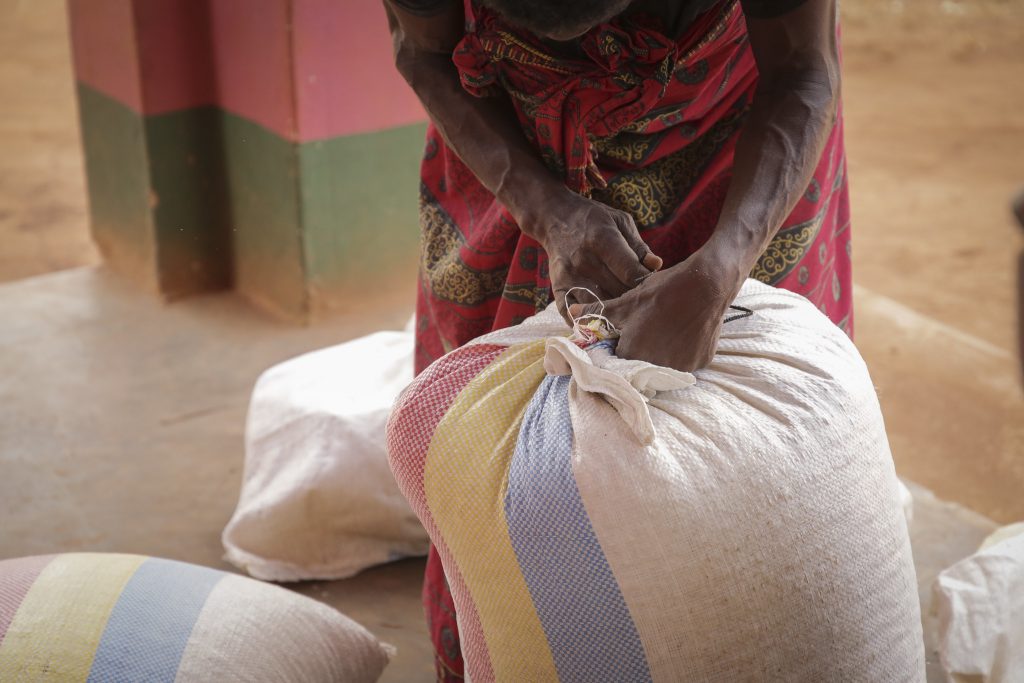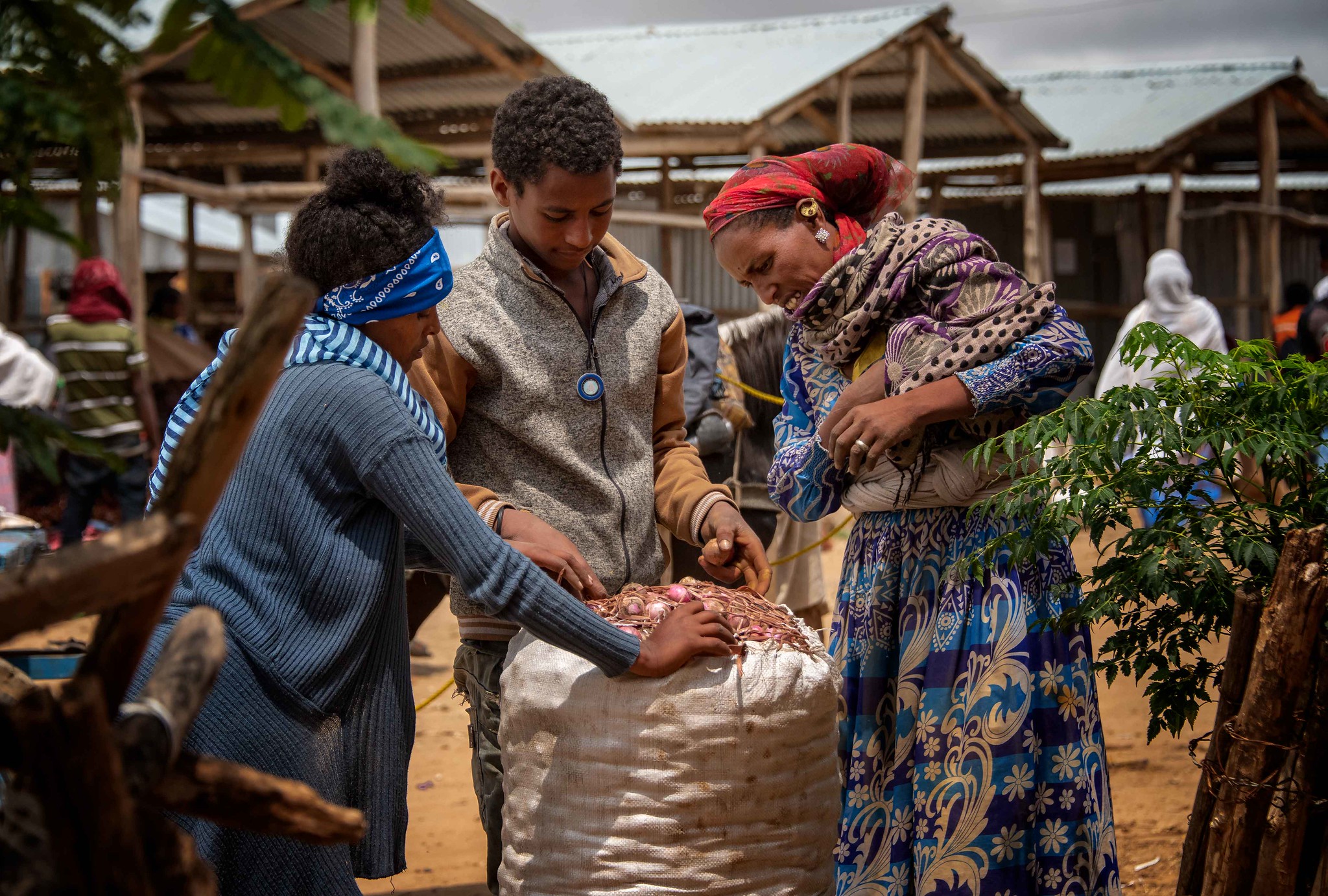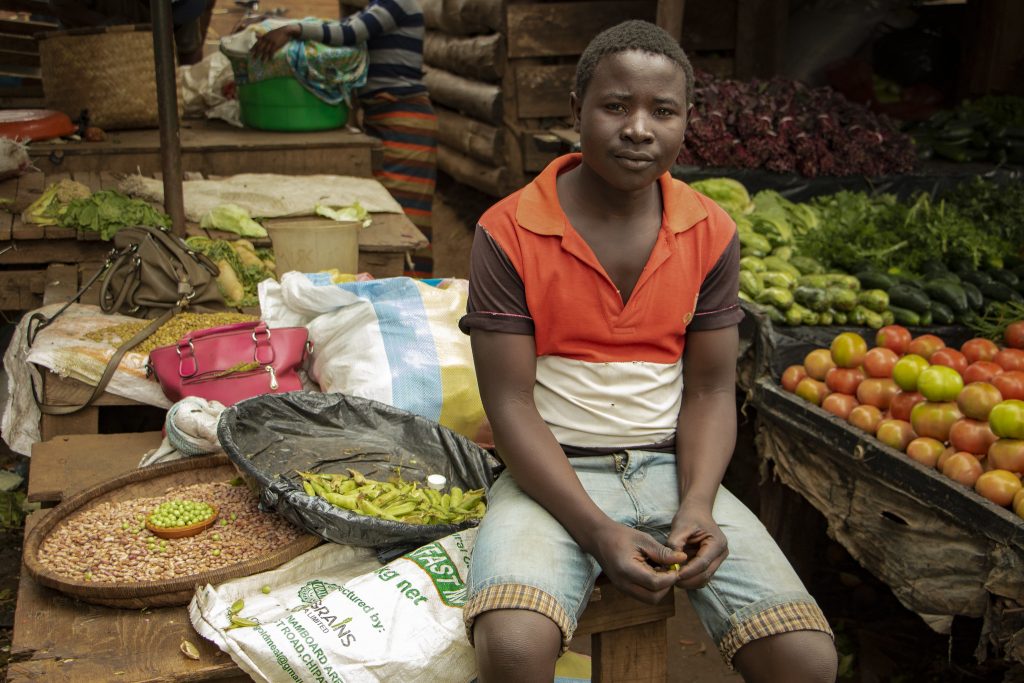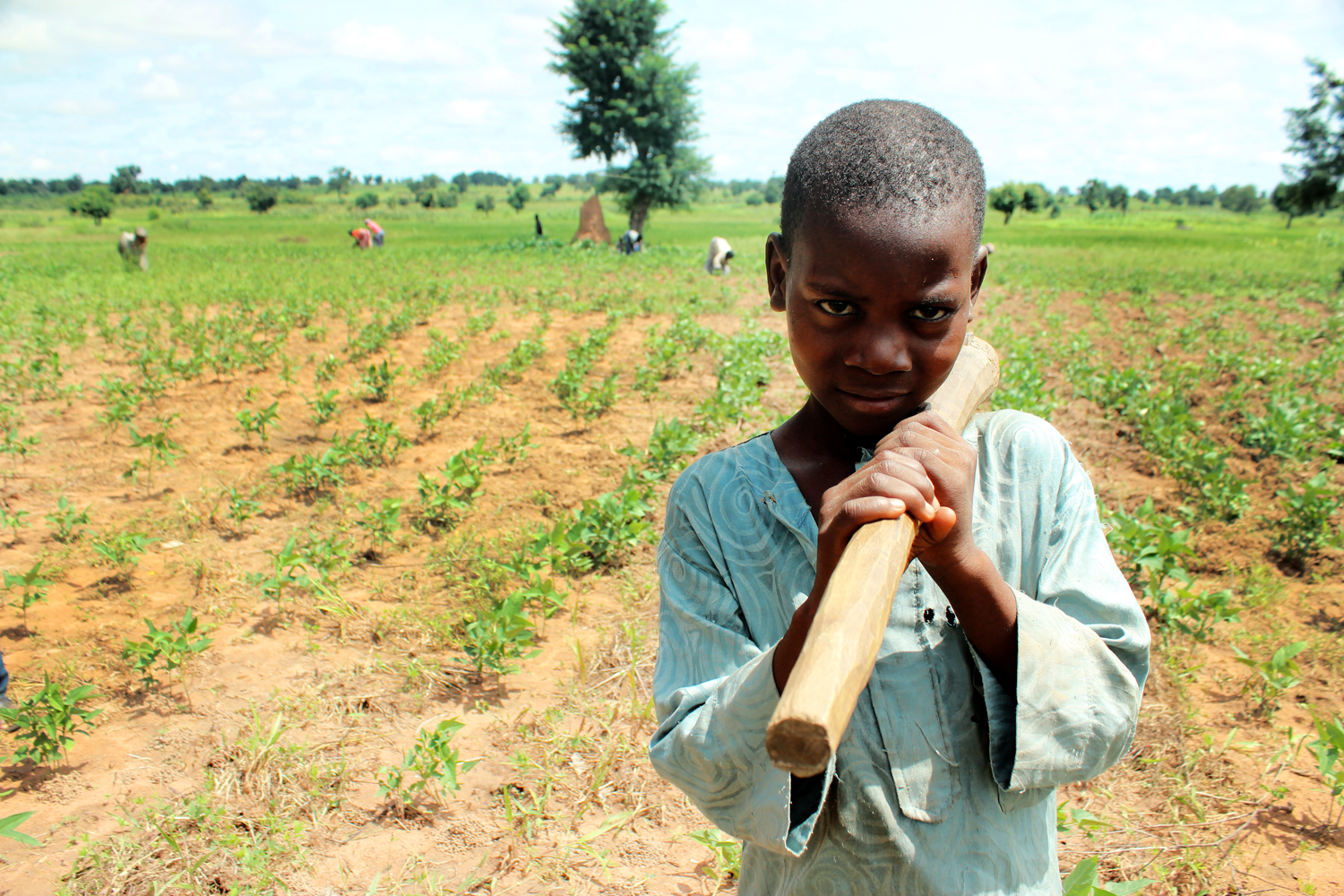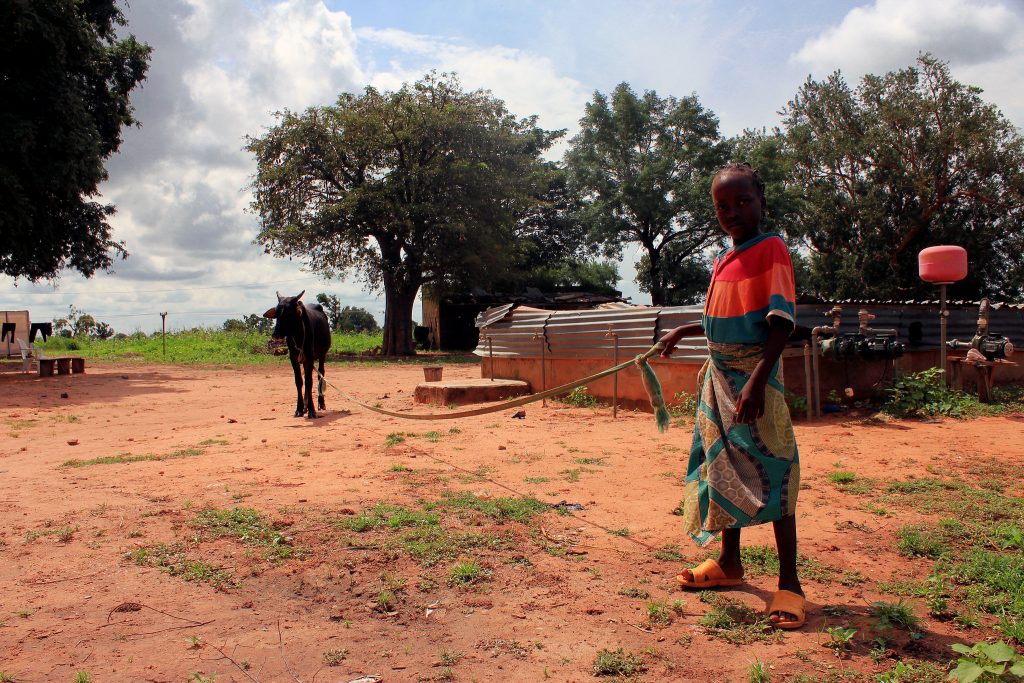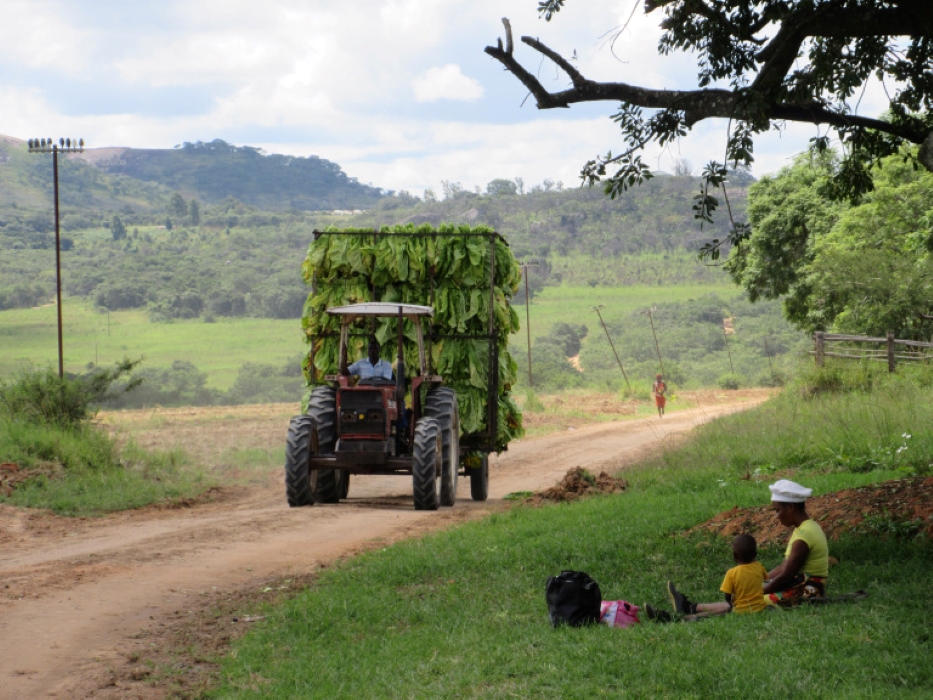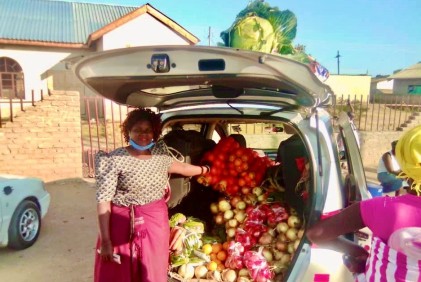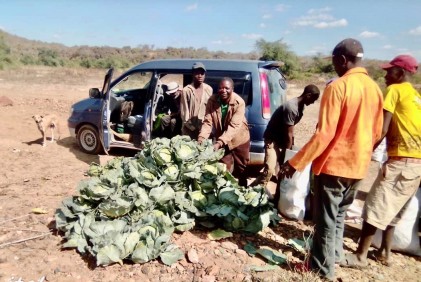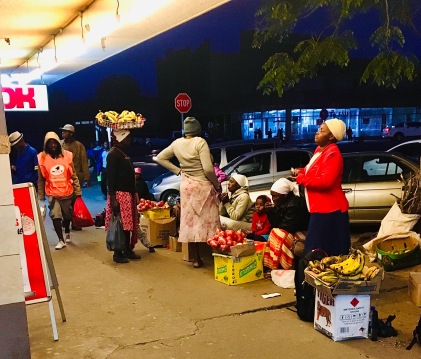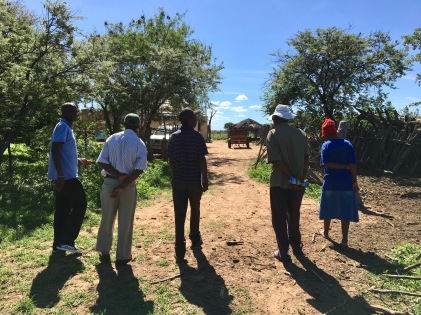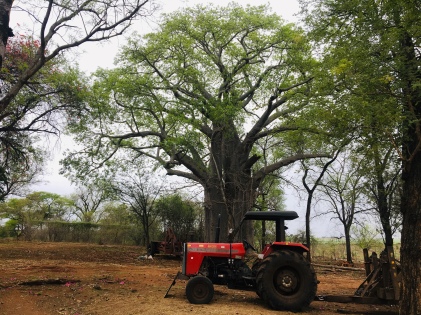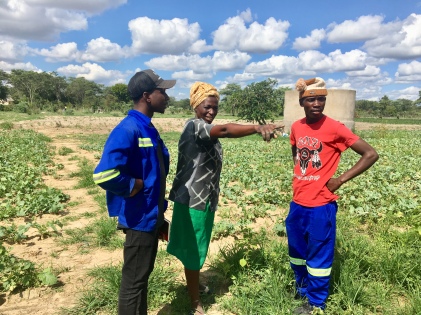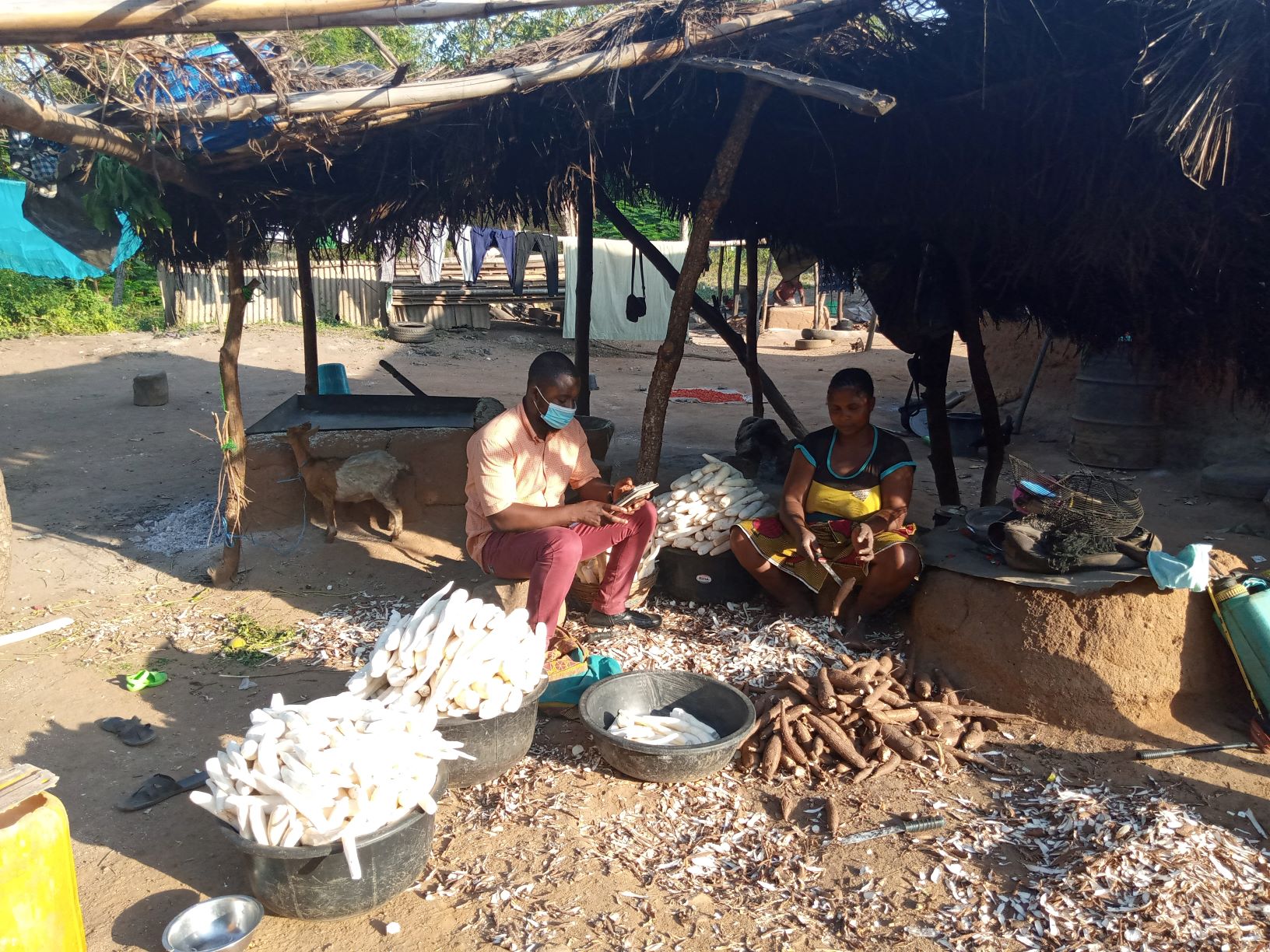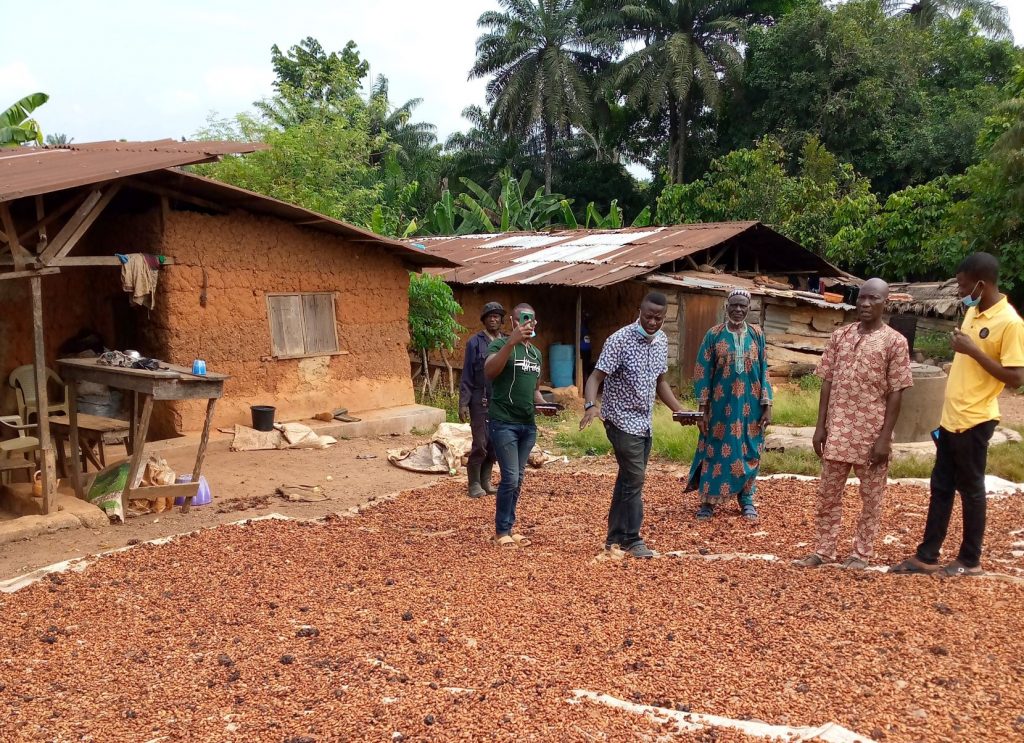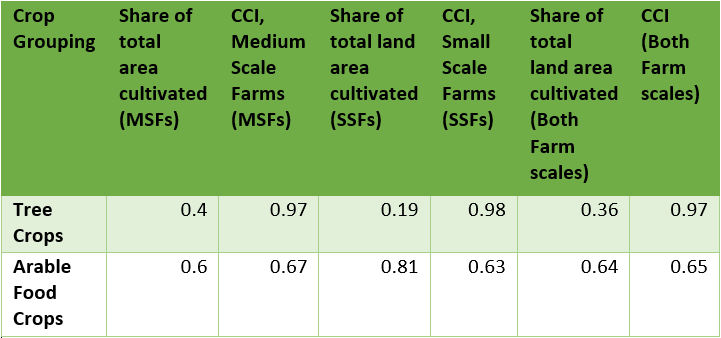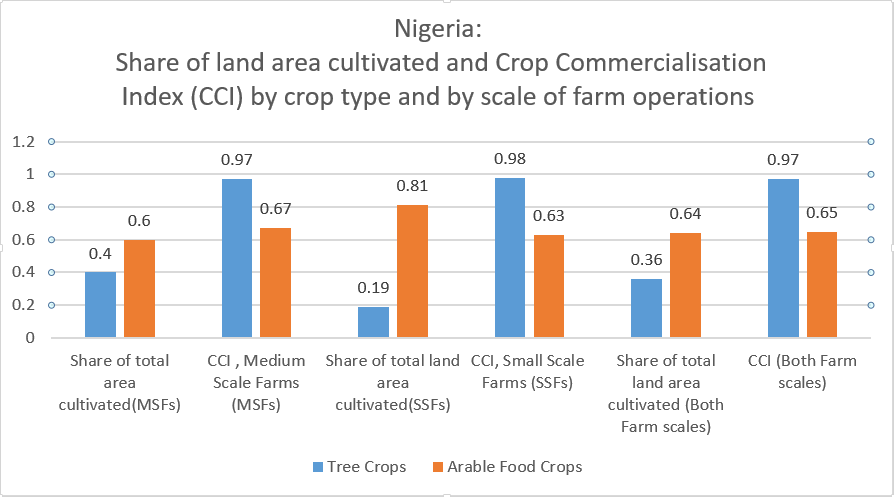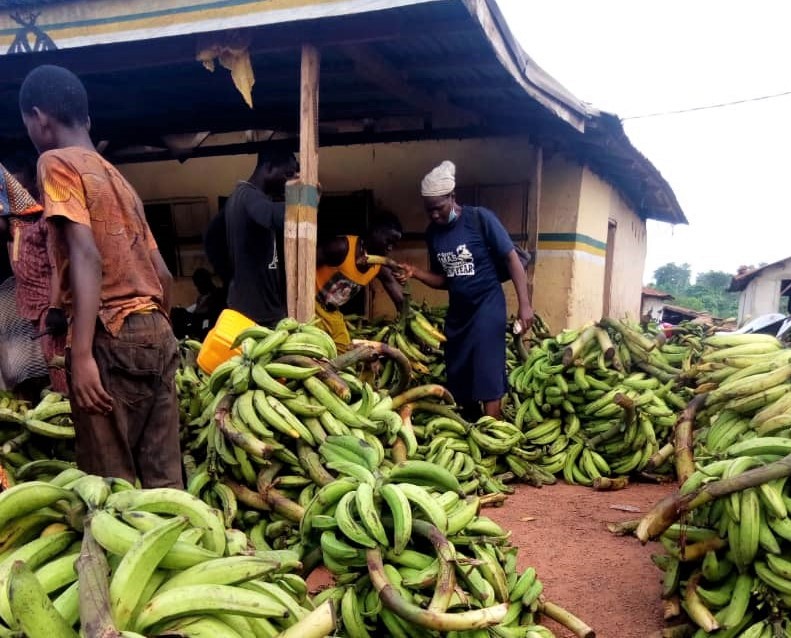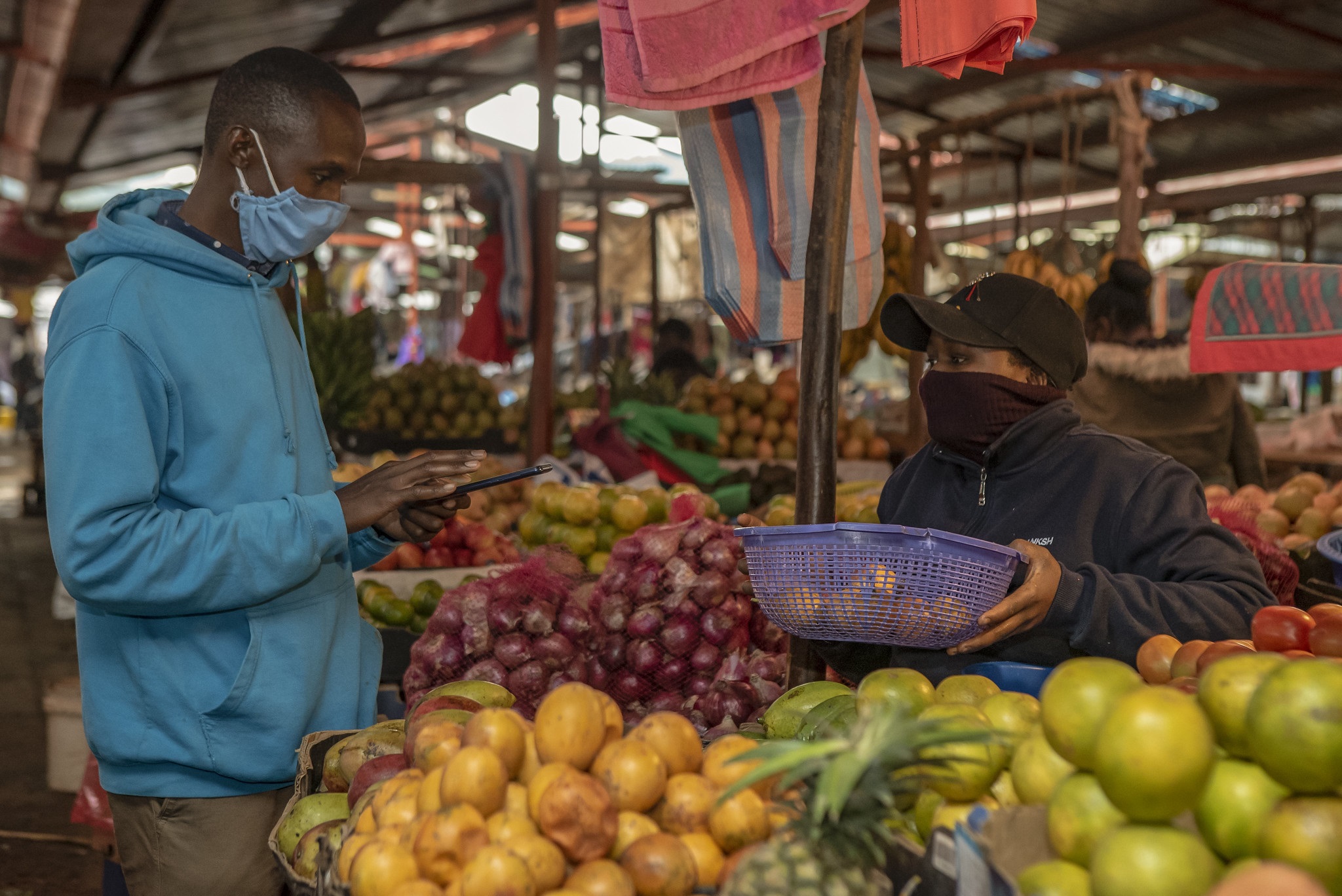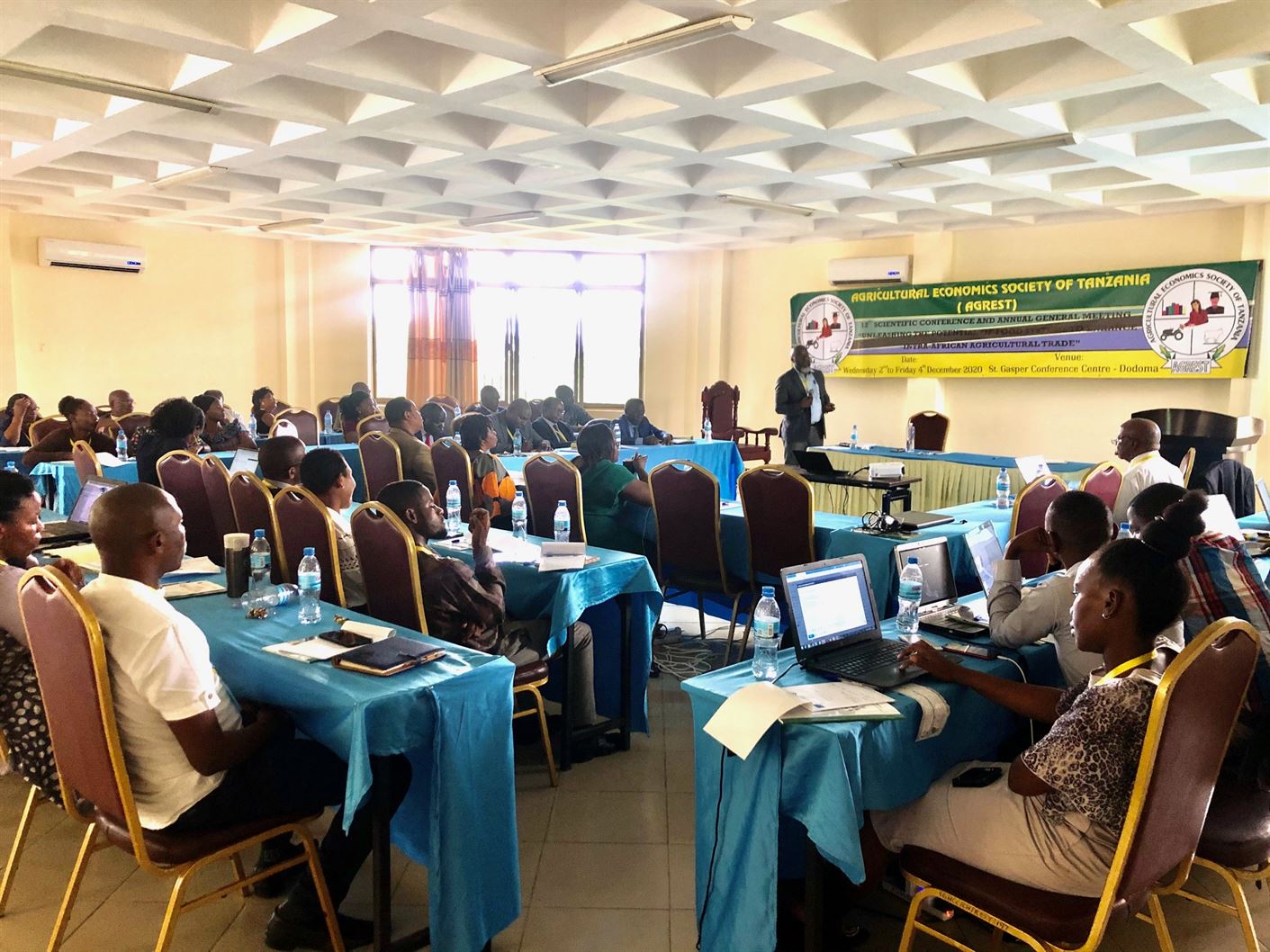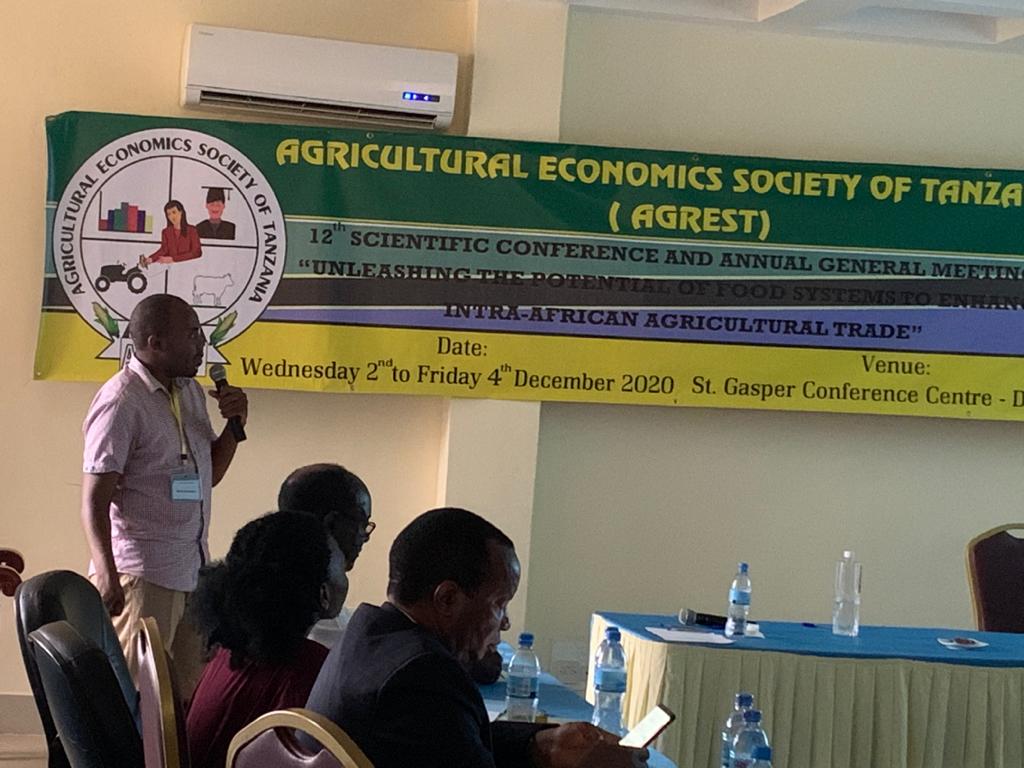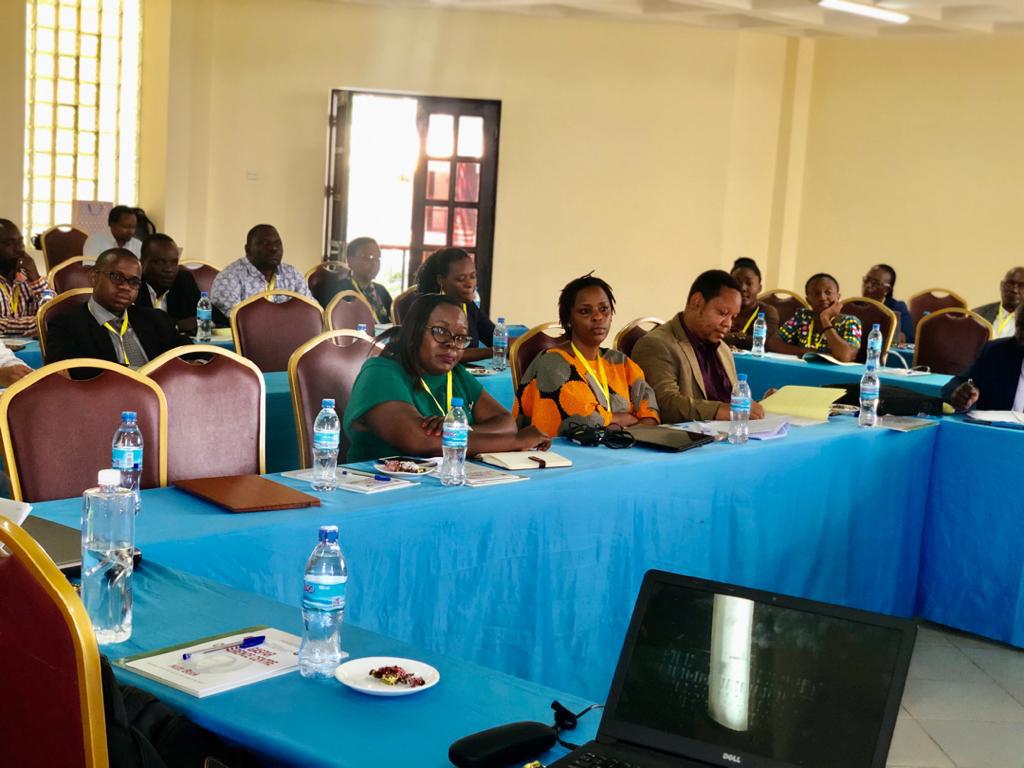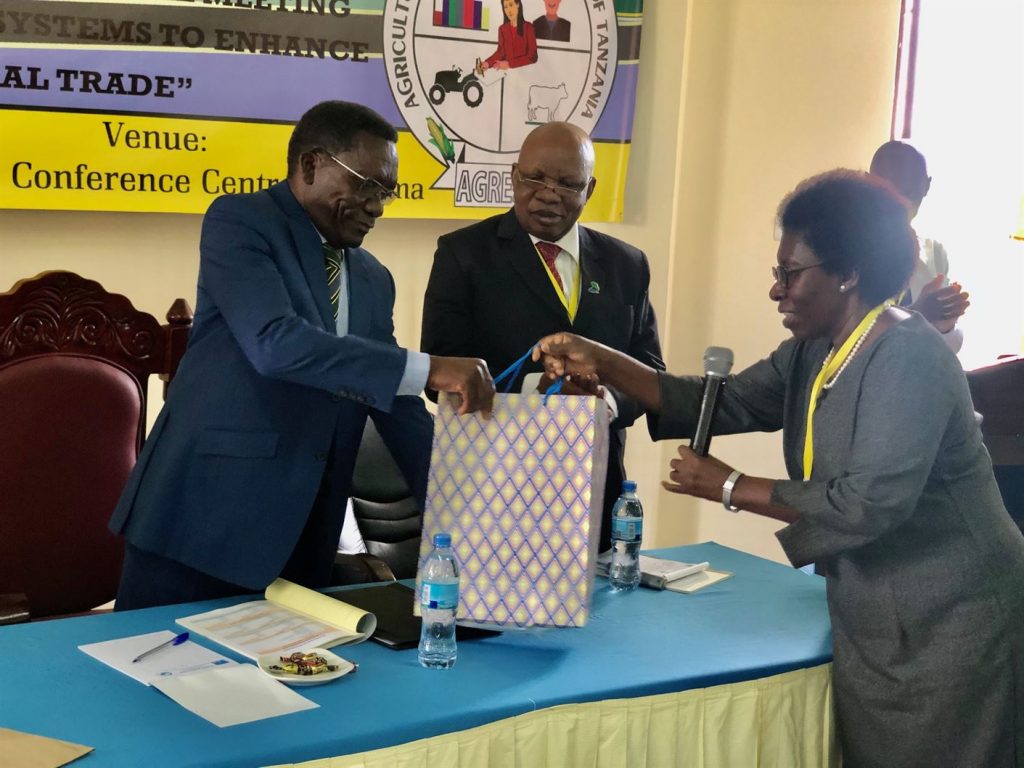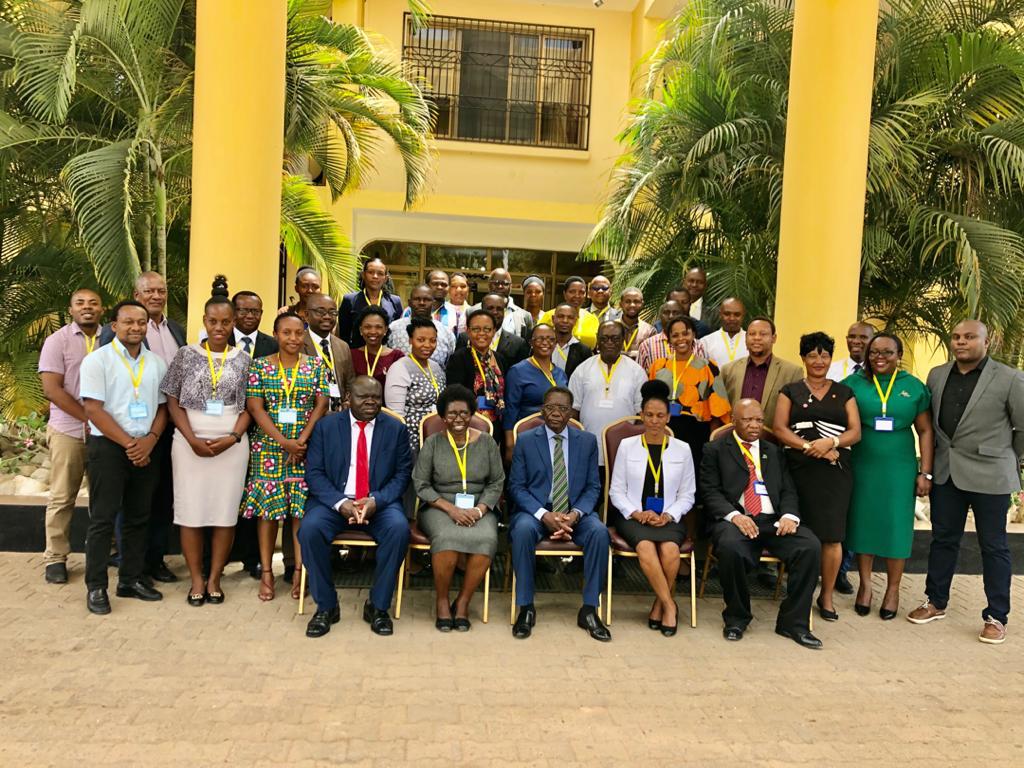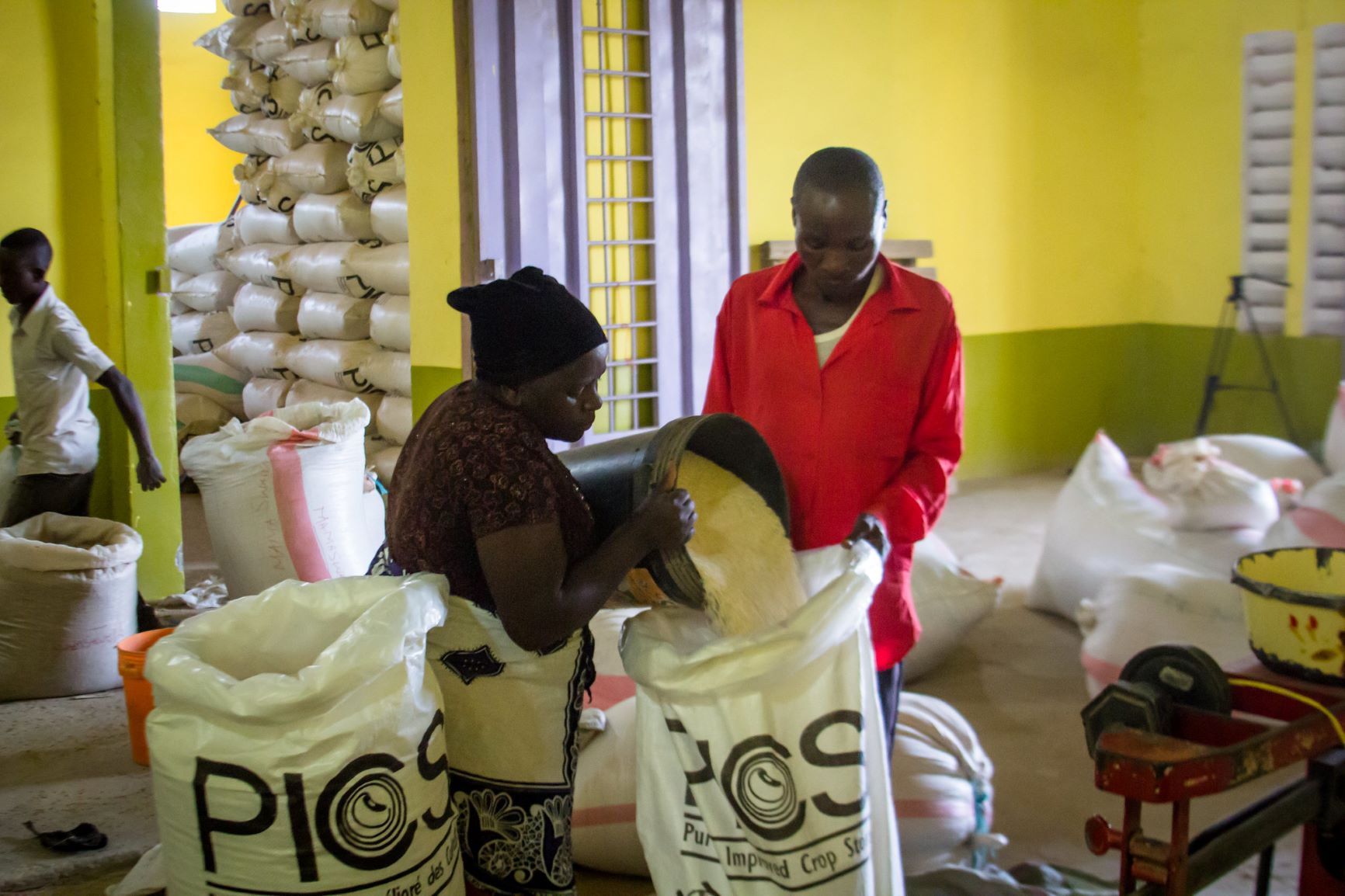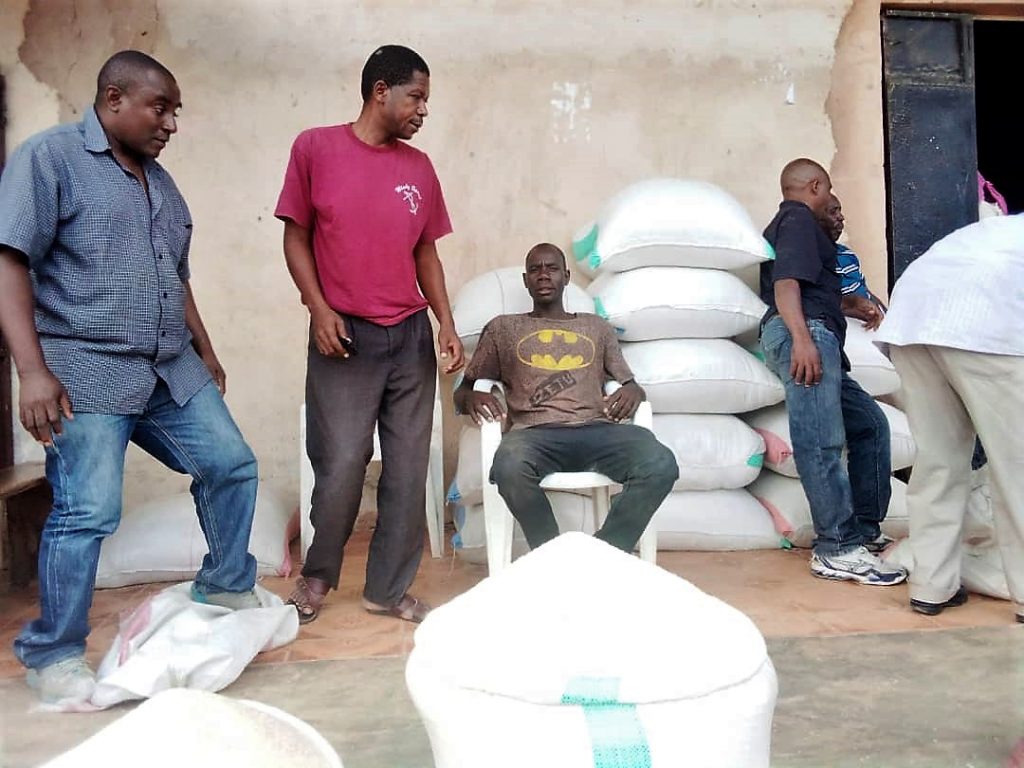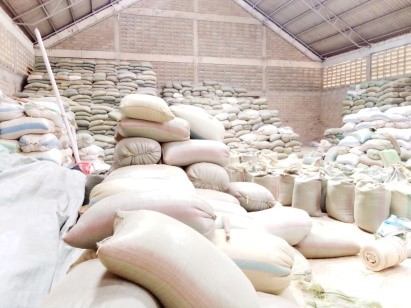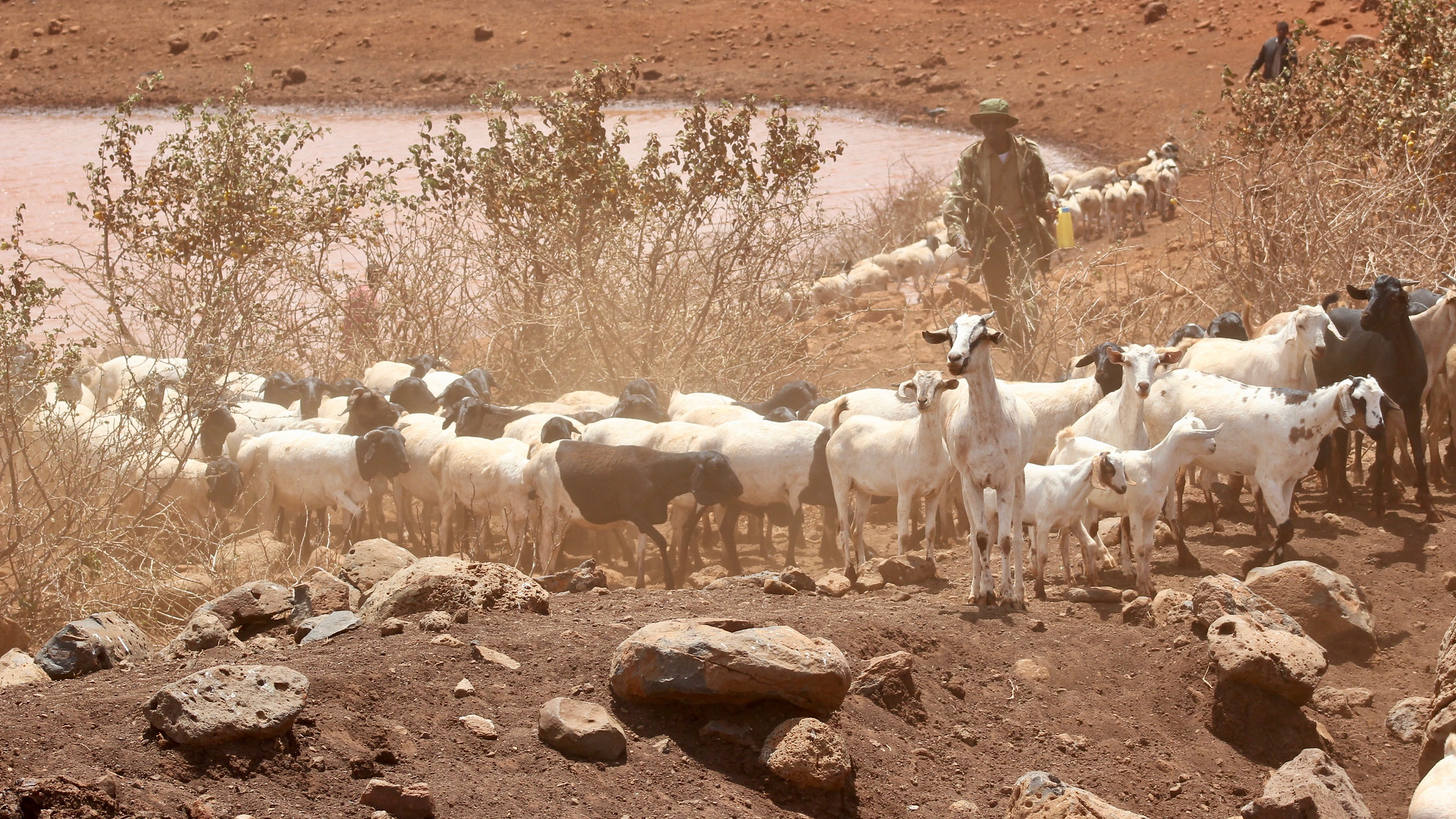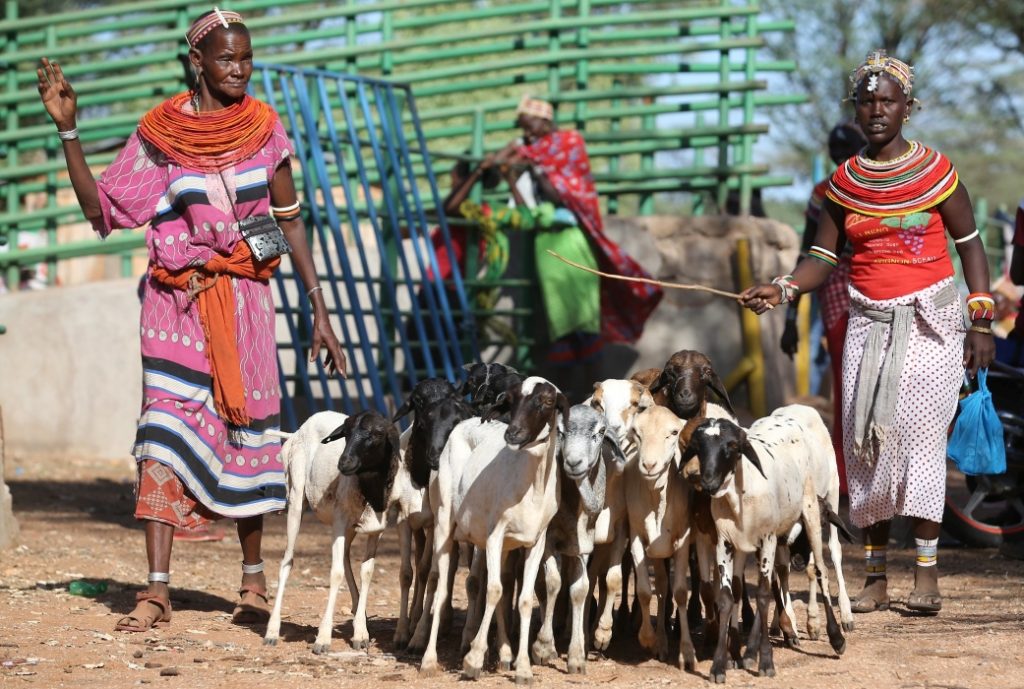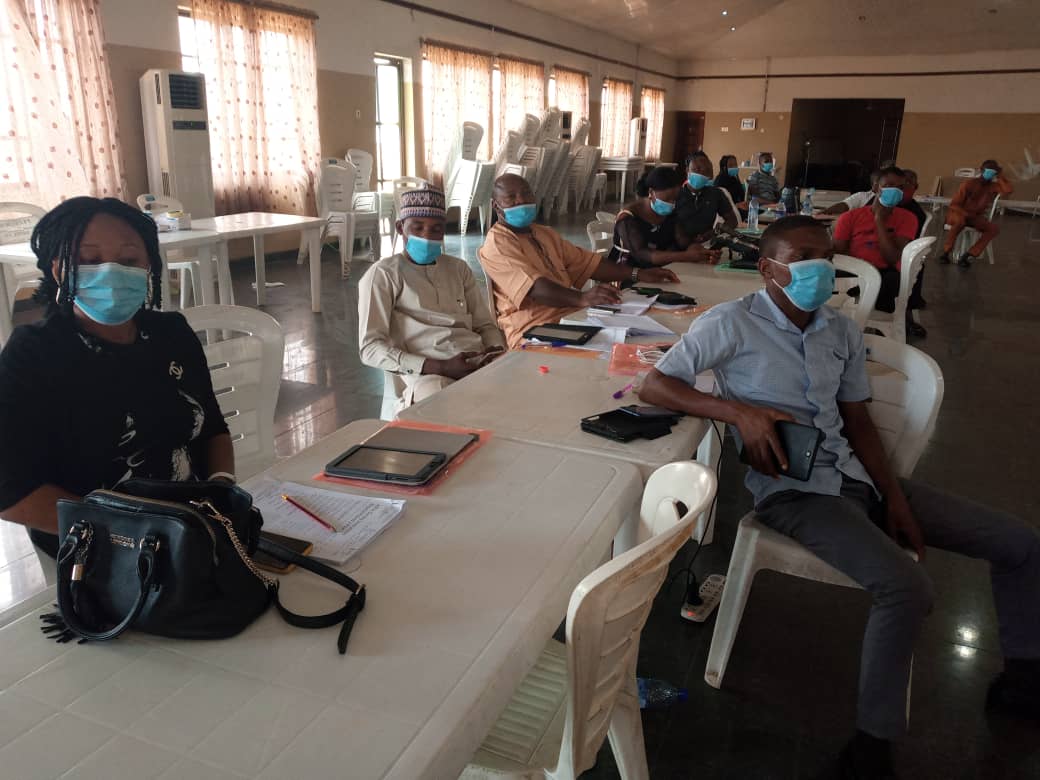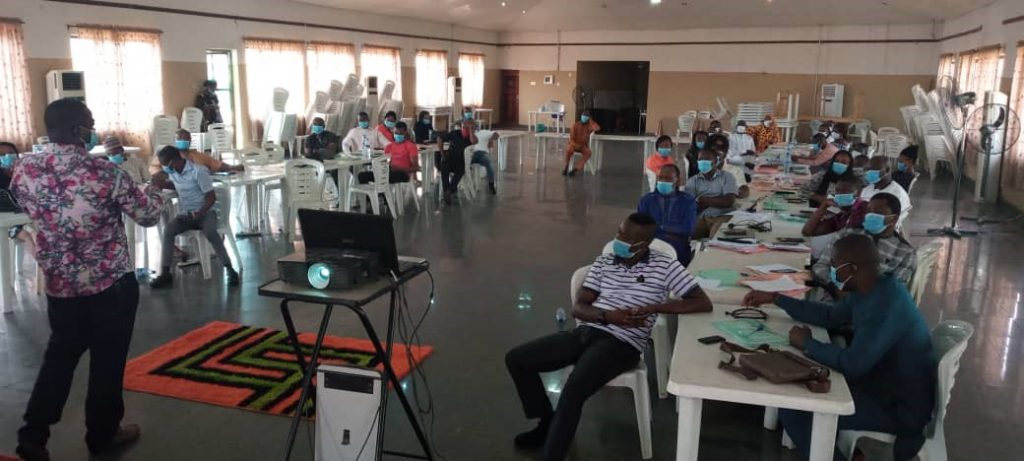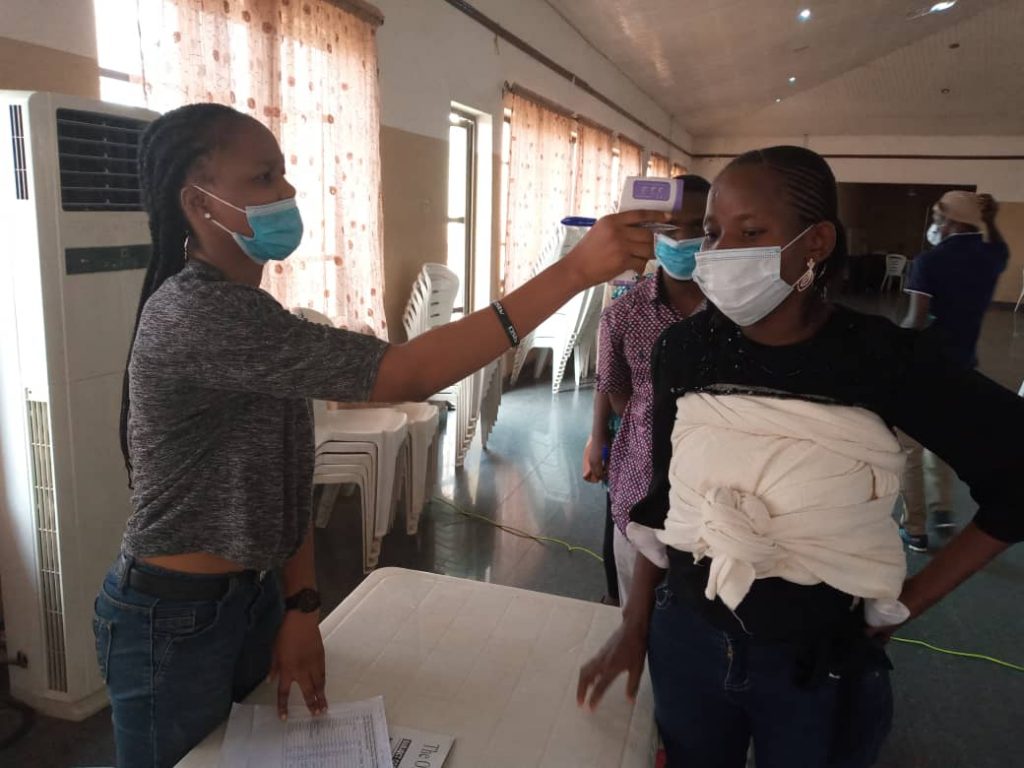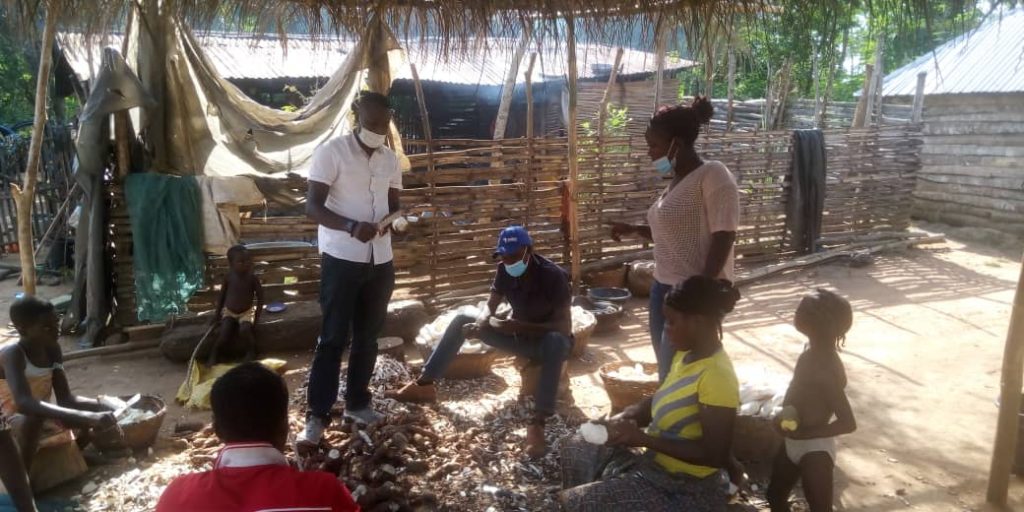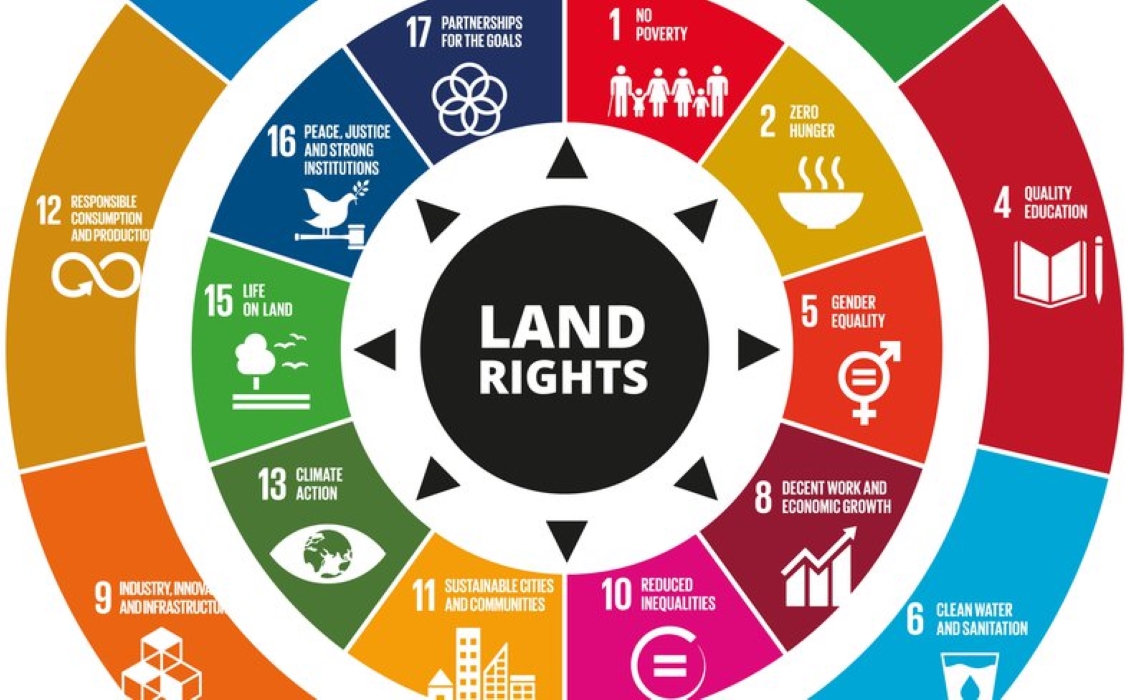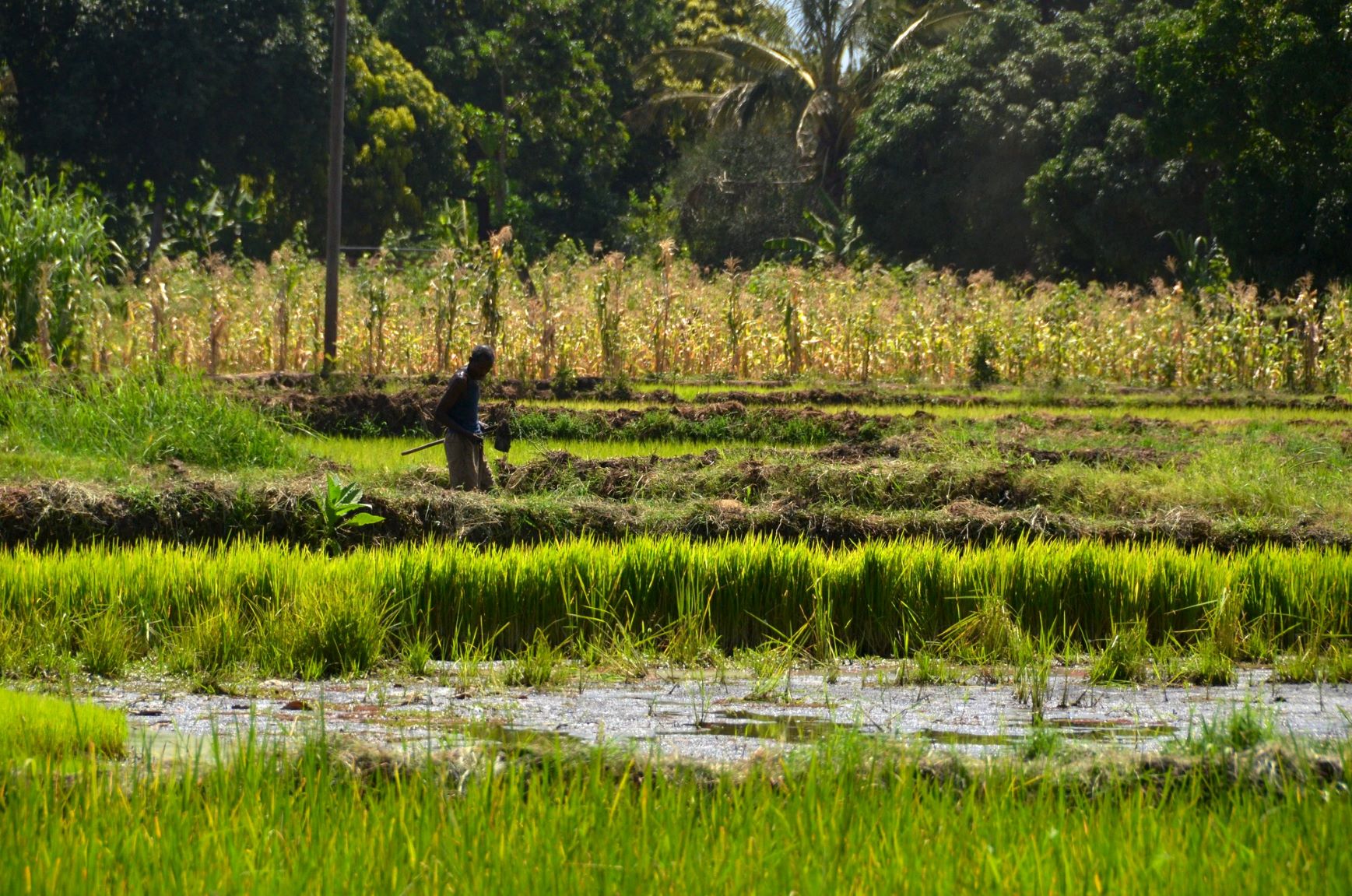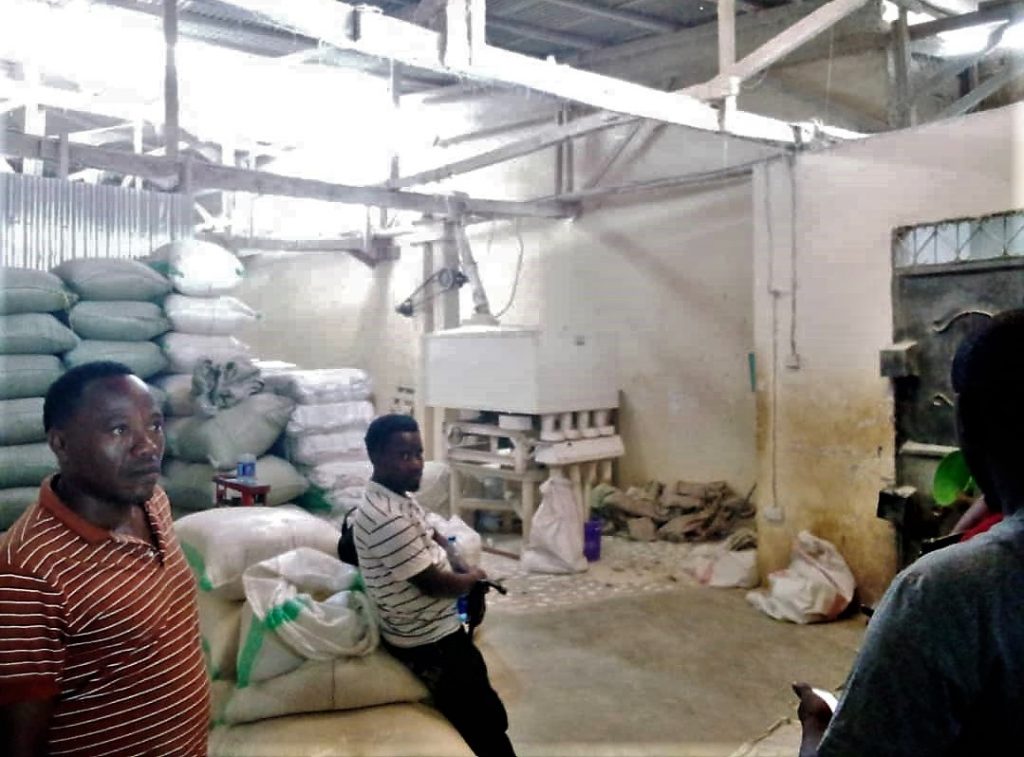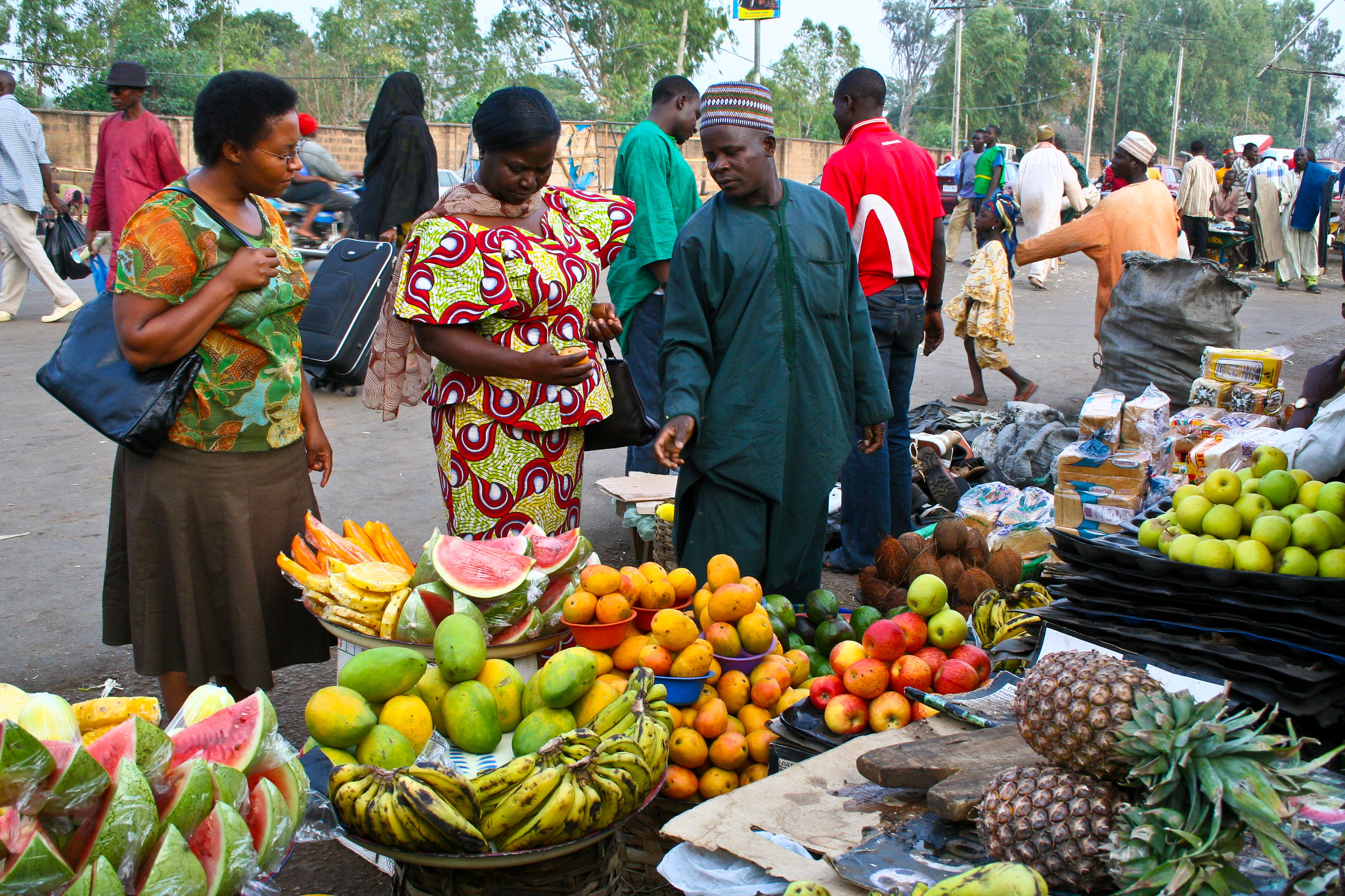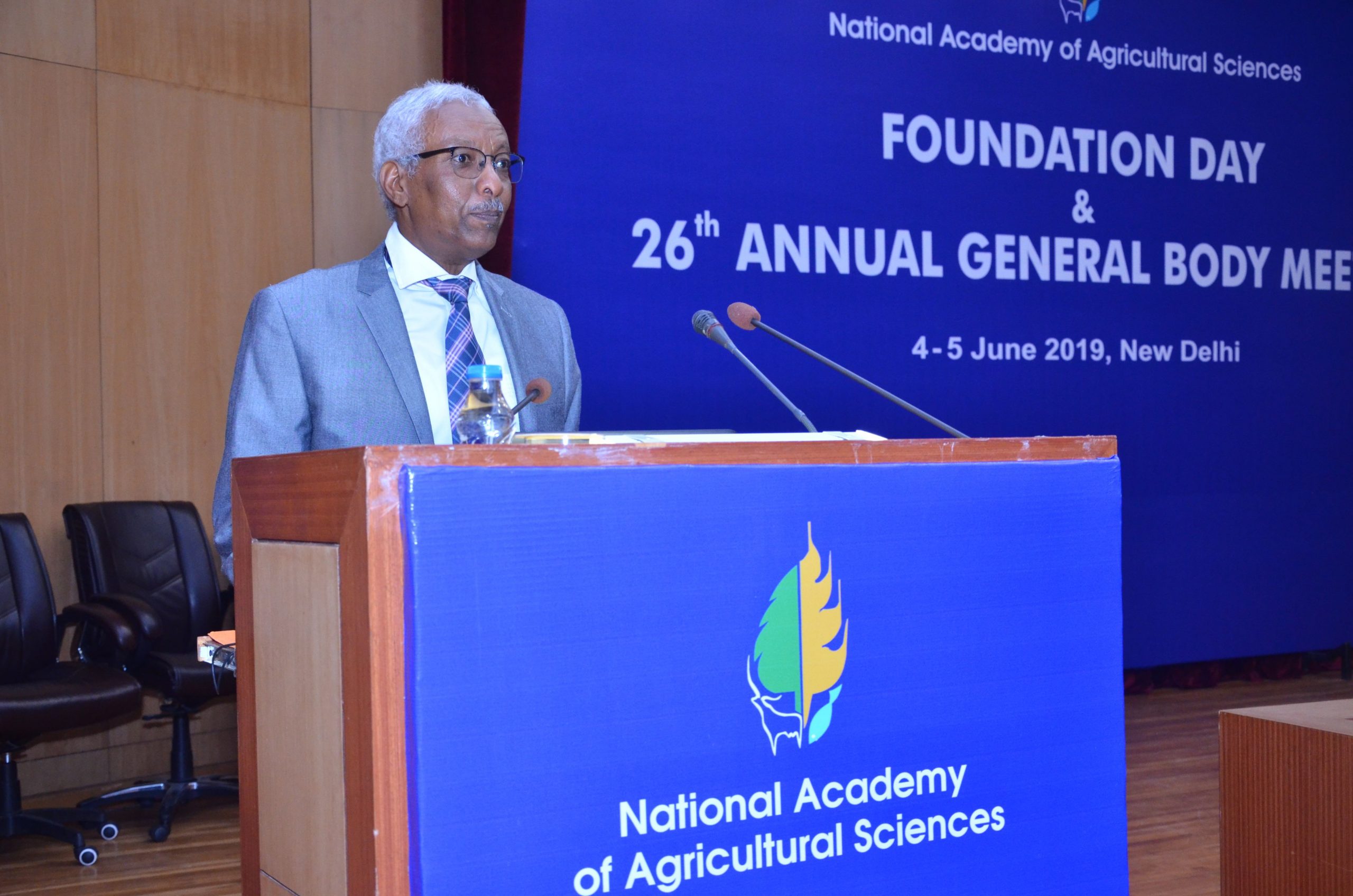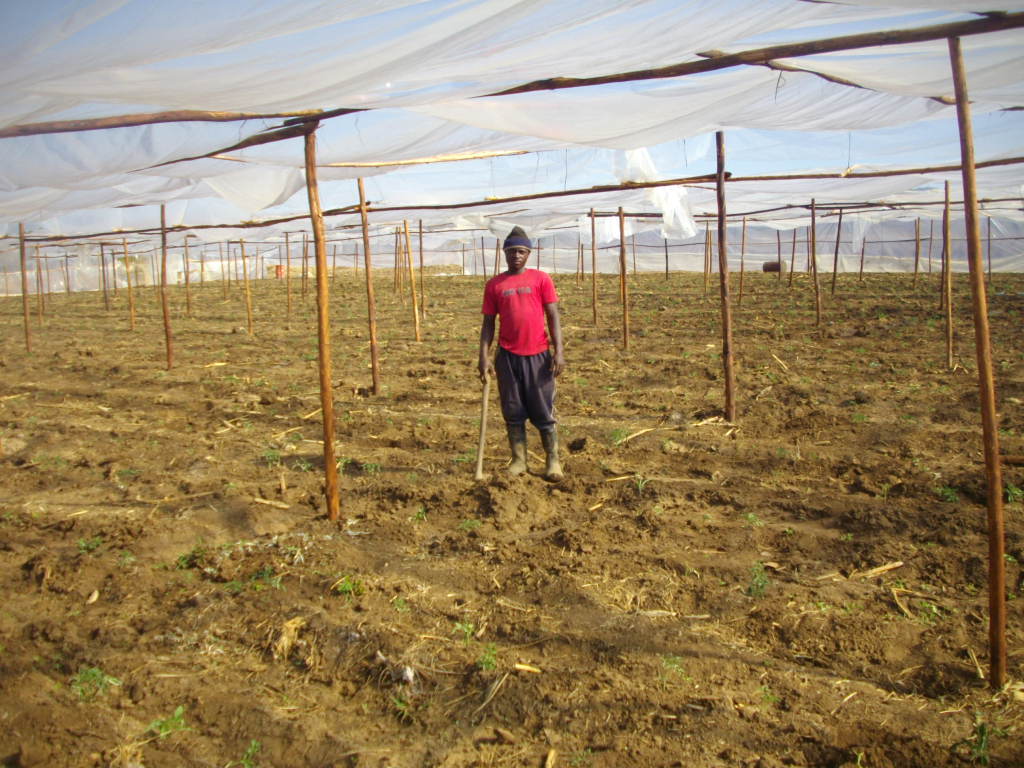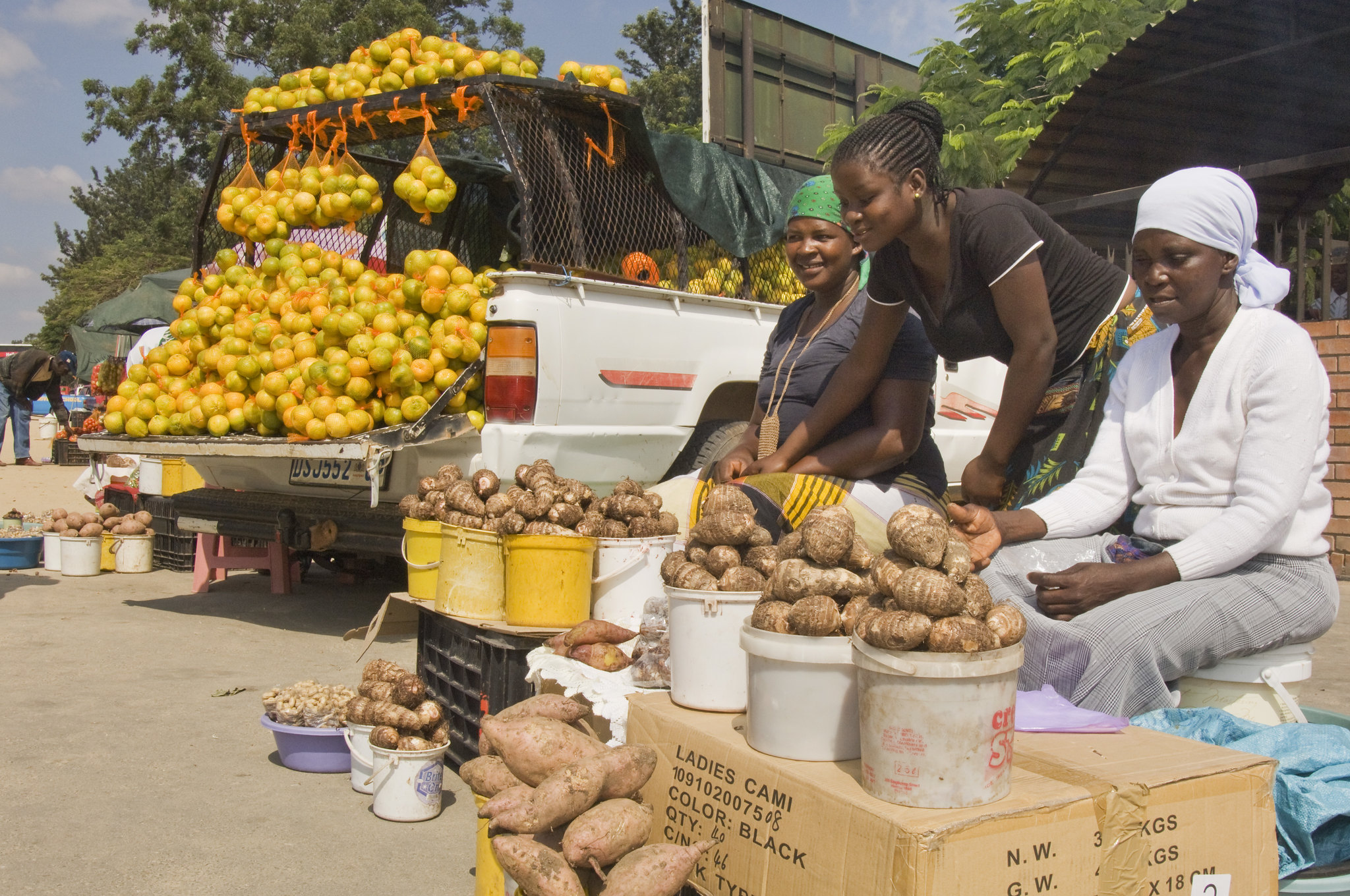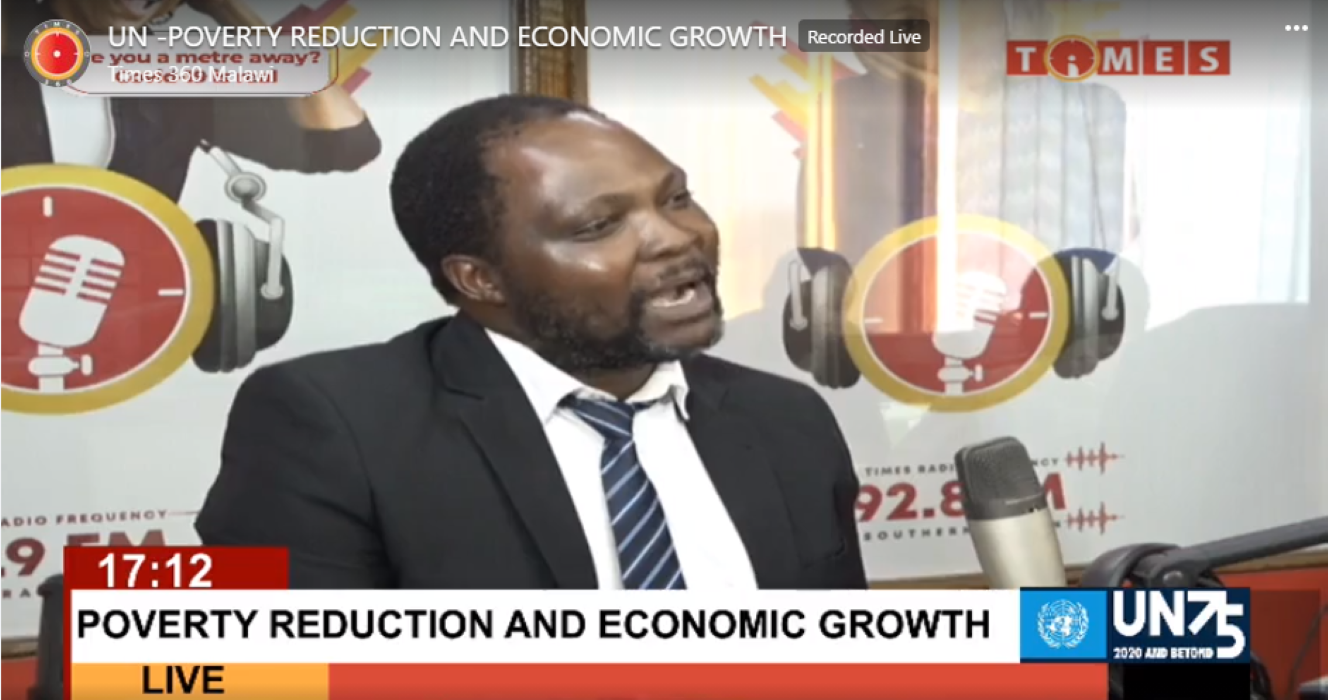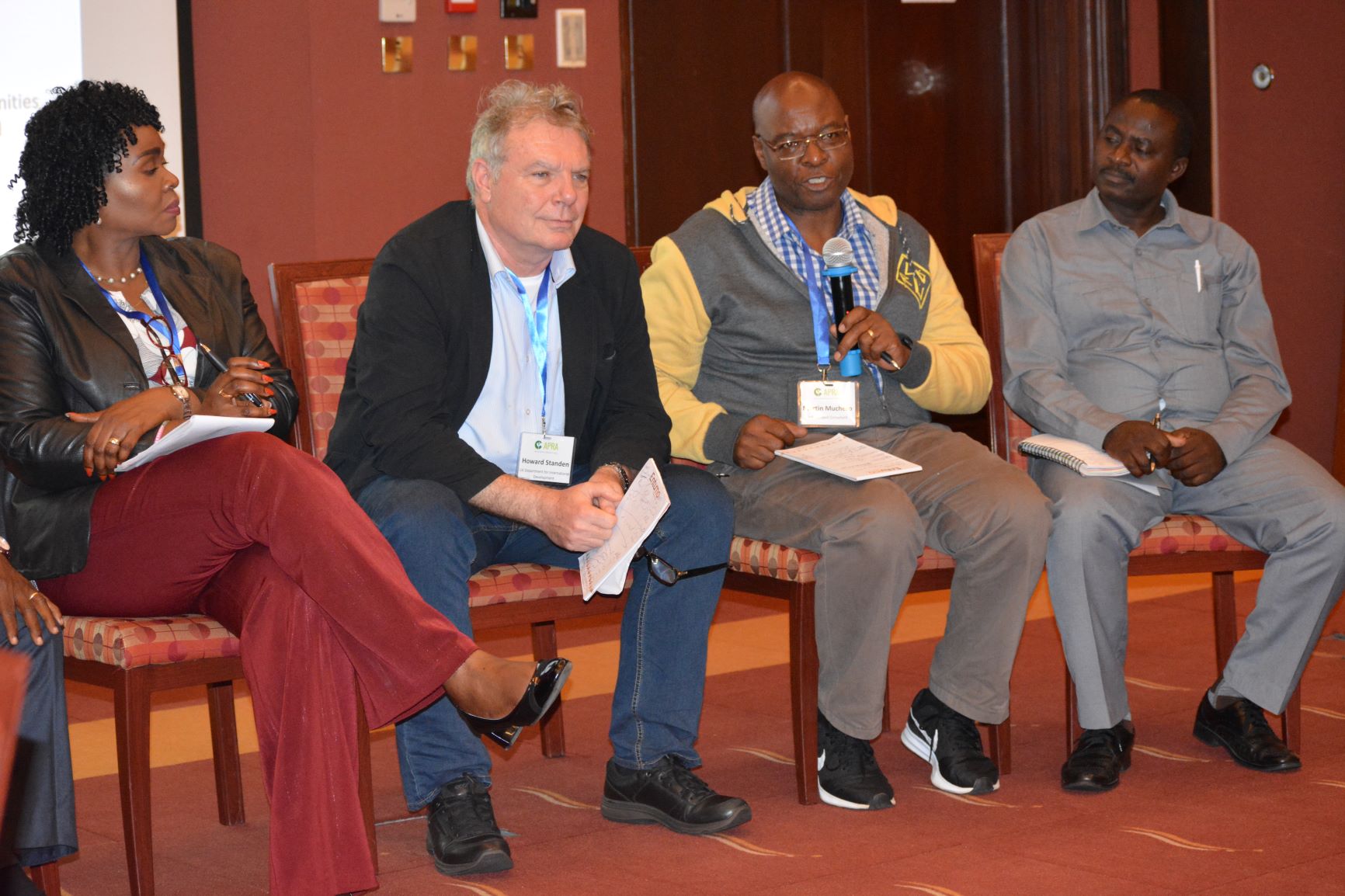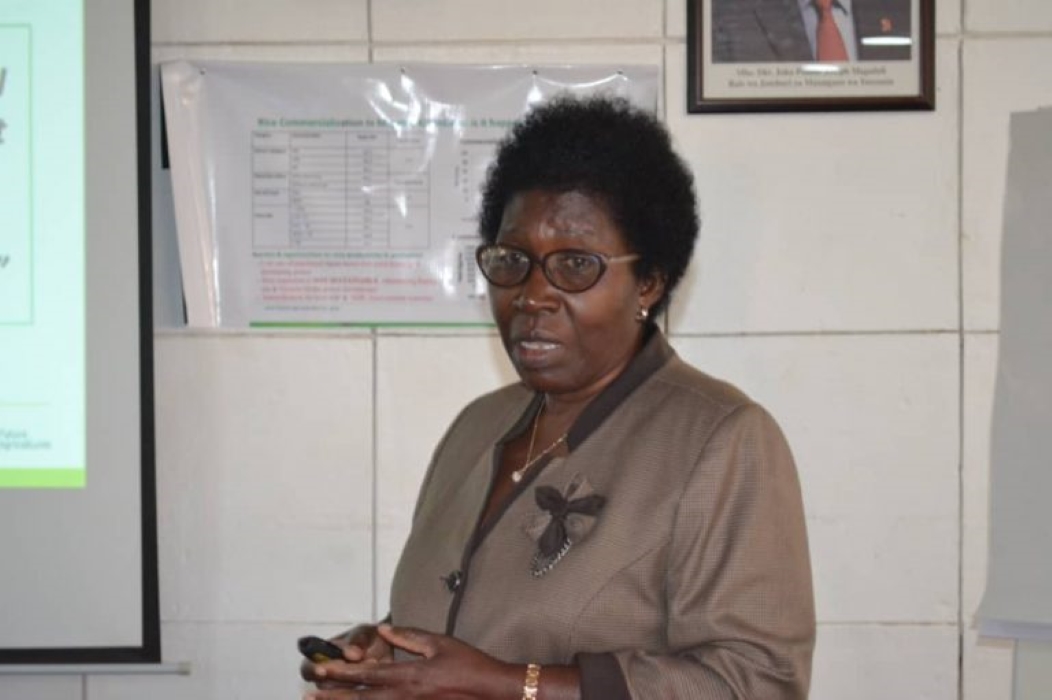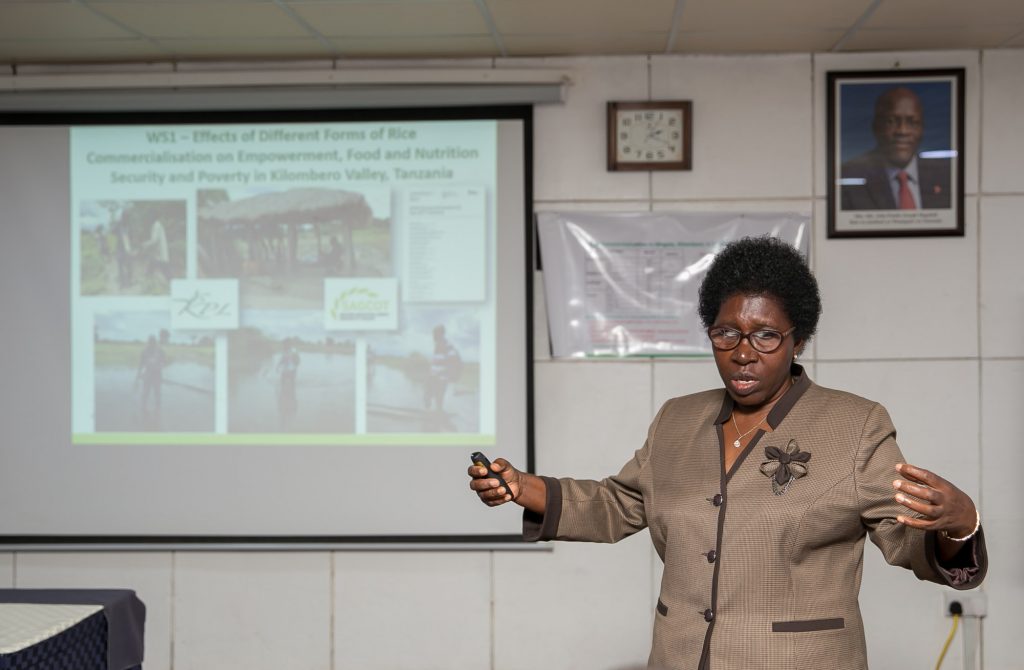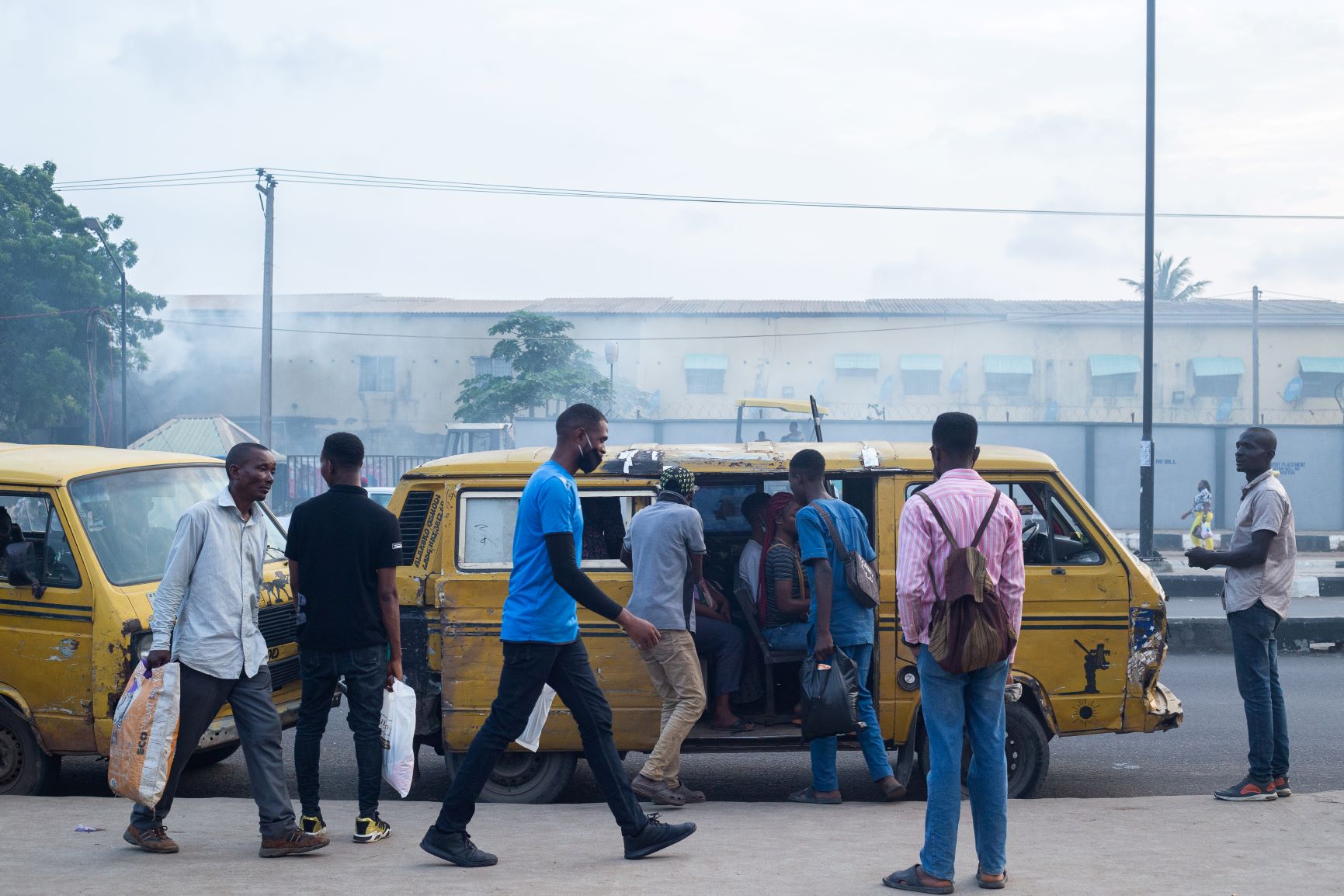
Written by Adebayo B Aromolaran
This blog presents a snapshot of the efforts of Agricultural Policy Research in Africa (APRA) to help stakeholders to track the initial impacts of the COVID 19 pandemic on agricultural commercialisation, food and nutrition security, labour and employment, and poverty and well-being in rural Nigeria.
This follows on from a blog posted in September, 2020 on the same subject.
Read more on the Impact of COVID-19 on Food Systems and Rural Livelihoods in Nigeria in the Round One and Round Two APRA country reports.
Read the full APRA synthesis report on the Rapid Assessment of the Impact of COVID-19 on Food Systems and Rural Livelihoods in Sub-Saharan Africa, here.
Introduction
Since the outbreak of COVID-19 in Africa, there have been serious concerns about the impact of the pandemic on agri-food systems – given that most of the population depends directly or indirectly on agriculture for their livelihoods. These concerns are compounded by the fragile state of the continent’s health and food systems.
The first case of COVID-19 in Nigeria was reported on February 27, 2020. In order to mitigate an impending health crisis, the Nigerian government commenced a series of COVID-19 lockdowns across states in Nigeria on 30 March, 2020. These lockdowns lasted for 3 months before a gradual relaxation began on 1 July, 2020. By the end of June, 25,694 infections and 590 deaths related to COVID-19 had been recorded, rising to 58,848 infections and 1,112 deaths by the end of September 2020.
By late November 2020, the Nigeria Centre for Disease Control (NCDC) was reporting a cumulative total of 67,412 cases, 1,173 deaths, and 3,184 active cases. Currently, a more serious second wave seems to have emerged with 127,024 confirmed cases and 1,547 deaths recorded by the end of January 2021. This interprets to a respective 89% and 32% increase in confirmed infection and death cases in the 2 months between the start of December 2020 and end of January 2021.
Data
The study involves three rounds of data collection and analysis from a random sample of 109 rural farming households drawn from five Local Government Areas (LGAs) in Ogun (Ijebu East, Obafemi Owode, and Imeko Afon) and Kaduna (Chikun and Soba) States. At the time of the start of the first-round survey, these LGAs had reported a small number of COVID-19 cases. The survey data was complemented by insights from seven in-depth key informant interviews conducted in the LGAs. This blog presents some insights obtained from the first and second round surveys implemented in July and October 2020. The third wave data collection is planned for mid-February 2021.
Highlights of findings
Our findings from the first two rounds of survey show that, compared with pre-COVID 19 period, most rural farm households in Nigeria experienced the following during the COVID 19 period:
- Increase in cost of purchased farm inputs, tillage services, land rentals and casual labour;
- Increase in prices of food items;
- Decreased access to farm inputs and agro-services;
- Decline in accessibility to agricultural markets;
- Decline in land area under cultivation; and a decline in household food consumption and dietary diversity.
In addition, the negative effect of the lockdown on children’s education was severe, in that the majority of households reported that boys and girls spent a substantial amount of the lockdown time in non-school related work and leisure activities.
The study also observed the softening of some negative impacts of COVID 19 lockdown on livelihood in Round 2 relative to Round 1 of the study. Some of the observed areas of improvement in between R1 and R2 data collection were:
- Increased availability of purchased farm inputs;
- Better access to farm-gate markets, increase in food availability;
- Improvements in food consumption and dietary diversity.
Even though, our study locations, Kaduna and Ogun states, are currently among the first 7 states in rank on the NCDC list of confirmed COVID 19 cases; less than 5% of sampled households have seen someone with COVID 19 in their community. Consequently, it can be said that the negative effects of COVID 19 pandemic on livelihood recorded in this study is largely due to government lockdowns and restrictions in movement rather than direct COVID 19 infection.
Case study: a poultry farmer
An interview with a prominent member of the Poultry Farmers Association of Nigeria demonstrates how the sub-sector was badly hit in the first two months of interstate border closures between April and May 2020. This poultry farmer had to starve the stock of layer birds of feed to bring down egg production from 90% to zero per cent in order to cope with the egg glut after about 2 weeks of inter-state lockdown. This was caused as most of the egg buyers were from outside of Ekiti State and could not easily cross state borders reach the farm in Ekiti.
To compound the problem, egg sales declined because of shrinking incomes of consumers resulting from low reduced level of economic activity due to the lockdowns. This was in addition to very high transportation costs that carriers of agricultural produce experienced during the lockdown. This high cost was partly driven by extortions from law enforcement officers in multiple check points on most Nigerian roads.
All of these factors put together nearly crippled investments of this poultry farmer in the first 3 months of lockdowns in Nigeria. The situation adversely affected the health of this farm household as the household head and the spouse needed sleeping pills to get some sleep at night.
This demonstrates how poorly managed the lockdown was by agencies of government, leading the unintended consequences, caused partly by inter-border closures and bribery by law enforcement agencies, arguably being more of a health risk to families than COVID-19.
Looking ahead
Finally, the APRA study observed a significant decline in compliance to government COVID 19 safety regulations between the first and second 4-month periods of COVID 19 pandemic in Nigeria. The Government may therefore need to find more effective ways of enforcing compliance if a severely impactful second wave is to be averted. To do this, the Government could identify and financially support influential local/community organisations to advocate for increased compliance to COVID 19 safety regulations at the grassroots level.
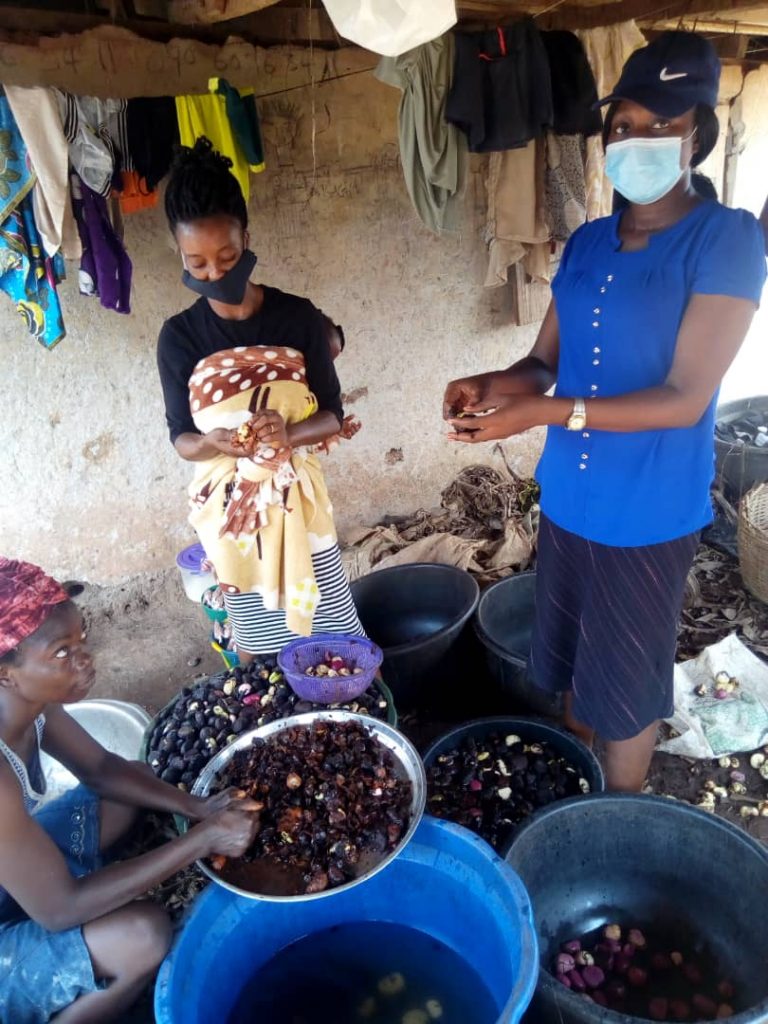
Peeling soaked Kolanut at Gbamgbam Village in Ogun State Nigeria. © Olayinka Taiwo 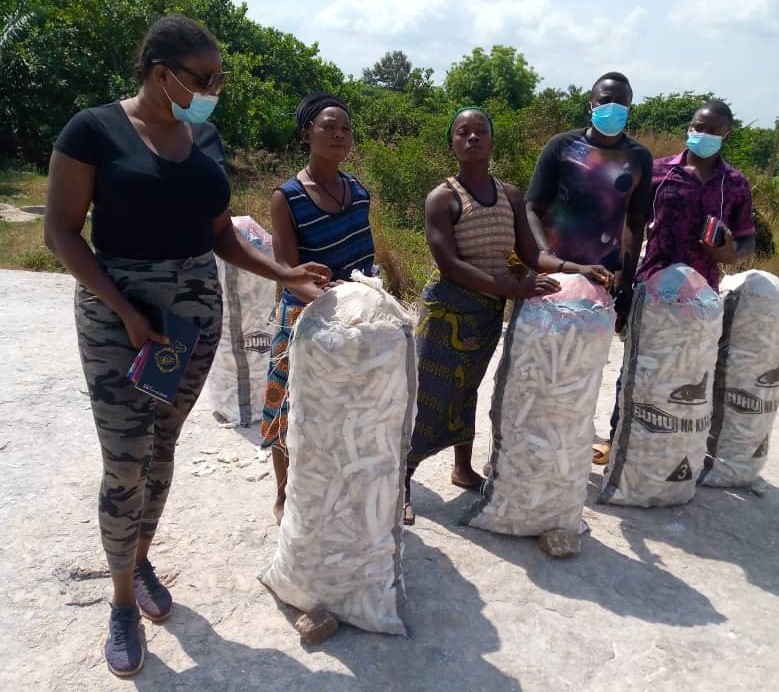
Peeled cassava roots at Agboro village Ijebu east Ogun state Nigeria. © Samson Afolayan
Feature photo: The Dopemu bus stop is seen amid the COVID-19 Pandemic in Nigeria. Credit: © IMF Photo/Ebun Akinbo
Please note: During this time of uncertainty caused by the COVID19 pandemic, as for many at this time, some of our APRA work may well be affected but we aim to continue to post regular blogs and news updates on agricultural policy and research.

